In today's review, we will look at the hot new product of the tablet world in the form of the 11" iPad Pro. Apple introduced it back in April, but it only recently hit store shelves, which is why the first comprehensive reviews are only now starting to appear. So how did the new product fare in our test?
At first glance (maybe) not interesting
The 11-inch model of this year's iPad Pro is (unfortunately) the less interesting piece, because, unlike its bigger brother, it does not have a display with mini LED backlighting, which, thanks to its features, equaled the Pro XDR Display. However, the new product still deserves attention, as we will be seeing it for at least the next twelve months as the most powerful XNUMX" iPad in Apple's range. So let's get straight to it.

As for the packaging of the tablet, Apple has traditionally opted for a white paper box with a picture of the product on the top of the lid, a sticker with product information on the bottom of the box, and the words iPad Pro and apples on the sides. Specifically, the space gray variant arrived at our office, which is depicted on the lid with a red-orange-pink wallpaper, which Apple revealed during the presentation of the tablet at the recent Keynote. As such, the iPad is placed in the box as standard, immediately under the lid, wrapped in a milky matte foil that protects it from all potential damage during transport. As for the other contents of the package, under the iPad you will find a meter-long USB-C/USB-C power cable, a 20W USB-C power adapter and, of course, a lot of literature with Apple stickers. Nothing more, nothing less.
In terms of design, this year's 11” iPad Pro is completely identical to the one Apple unveiled last spring. So you can look forward to a device with a height of 247,6 mm, a width of 178,5 mm and a thickness of 5,9 mm. The color variants of the tablet are also the same - once again, Apple is relying on space gray and silver, although I would say that this year's space gray is slightly darker than last year's version. However, this is nothing strange with Apple products - the shades of its products (even if they have the same name) differ very often. In addition to the colors, Apple once again bet on sharp edges and narrow frames around the Liquid Retina display, which gives the tablet a pleasant, modern feel. Sure, he's been betting on this look since 2018, but he hasn't looked at me personally yet, and I believe I'm not alone.
Since we've already talked about the Liquid Retina display in the previous lines, let's devote a bit of this review to it, even if perhaps in a way it's unnecessary. When you look at the technical specifications of the tablet, you will find that it is the same panel that last year's model and even the one from 2018 have. So you get a display with a resolution of 2388 x 1688 pixels at 264ppi, P3 support, True Tone, ProMotion or with a brightness of 600 nits. To be completely honest, I have to praise the Liquid Retina on the iPad Pro, as in previous years, because it is one of the best LCD panels imaginable. However, there is one big but. The best is the Liquid Retina XDR with mini LED backlighting, which was added to the 12,9" model, which I am personally quite sad about. For iPad Pro, he would like to see always the best and without any differences, which is not happening this year. The difference between the Liquid Retina 11" model and the Liquid Retina XDR 12,9" model is striking - at least in the display of black, which is close to OLED on the XDR. However, nothing can be done, since we have to be satisfied with the poorer display capabilities of the 11” model and hope that next year Apple will decide to put the best that it has at its disposal on it as well. But please don't take the previous lines to mean that Liquid Retina is bad, insufficient or anything like that, because that's not the case at all. The display is simply not at the level that the Pro series is worthy of in my eyes.
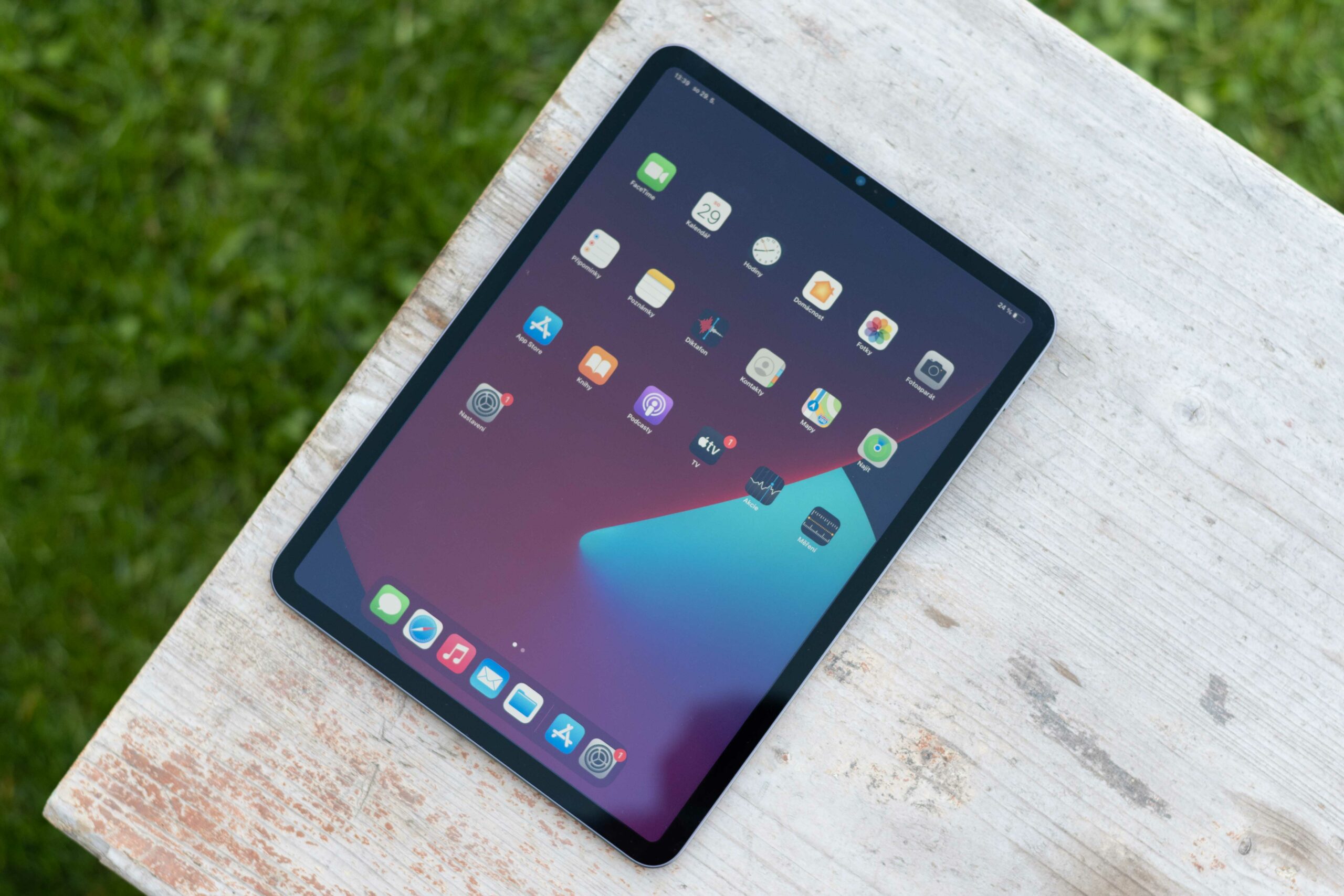
There are no changes to the camera either, which in its technical specifications is completely identical to the one used by Apple in last year's generation. In other words, this means that you get a dual camera consisting of a 12MPx wide-angle lens and a 10MPx telephoto lens, which is complemented by an LED flash and a 3D LiDAR scanner. Considering the technical specifications, it's probably clear that you won't take a bad photo with this setup. In a similar vein, we can also talk about the sound, which has not changed since last year, but in the end it doesn't matter too much, as it is at an excellent level, which will simply entertain you. It is more than sufficient for listening to music or watching movies or series. And the stamina? As if Apple didn't "reach" on it either, and you can count on ten hours when browsing the web on WiFi or 9 hours when browsing the web via LTE, just like last year. I can confirm these values with a calm heart from practice, with the fact that when I used the tablet for normal office work without Safari running, I got up to 12 hours with the fact that I still finished some of that percentage in the evening in bed.
In a similar spirit - i.e. in the spirit of pointing out the same specifications as those of the iPad Pro 2020 - I could continue without any exaggeration for quite some time. The new iPads also support the Apple Pencil 2, which you charge via the magnetic charging connector on the side, they are also equipped with Smart Connectors on the back and also have Face ID in the upper frame. I almost want to say that the video with which Apple introduced the new product at the Keynote was perfectly apt. In the video, Tim Cook as a secret agent removed the M1 chip from a MacBook and then installed it in an iPad Pro that looks like last year's model. And this is exactly what actually happened as a result. While in some cases it is enough, in others it is not.
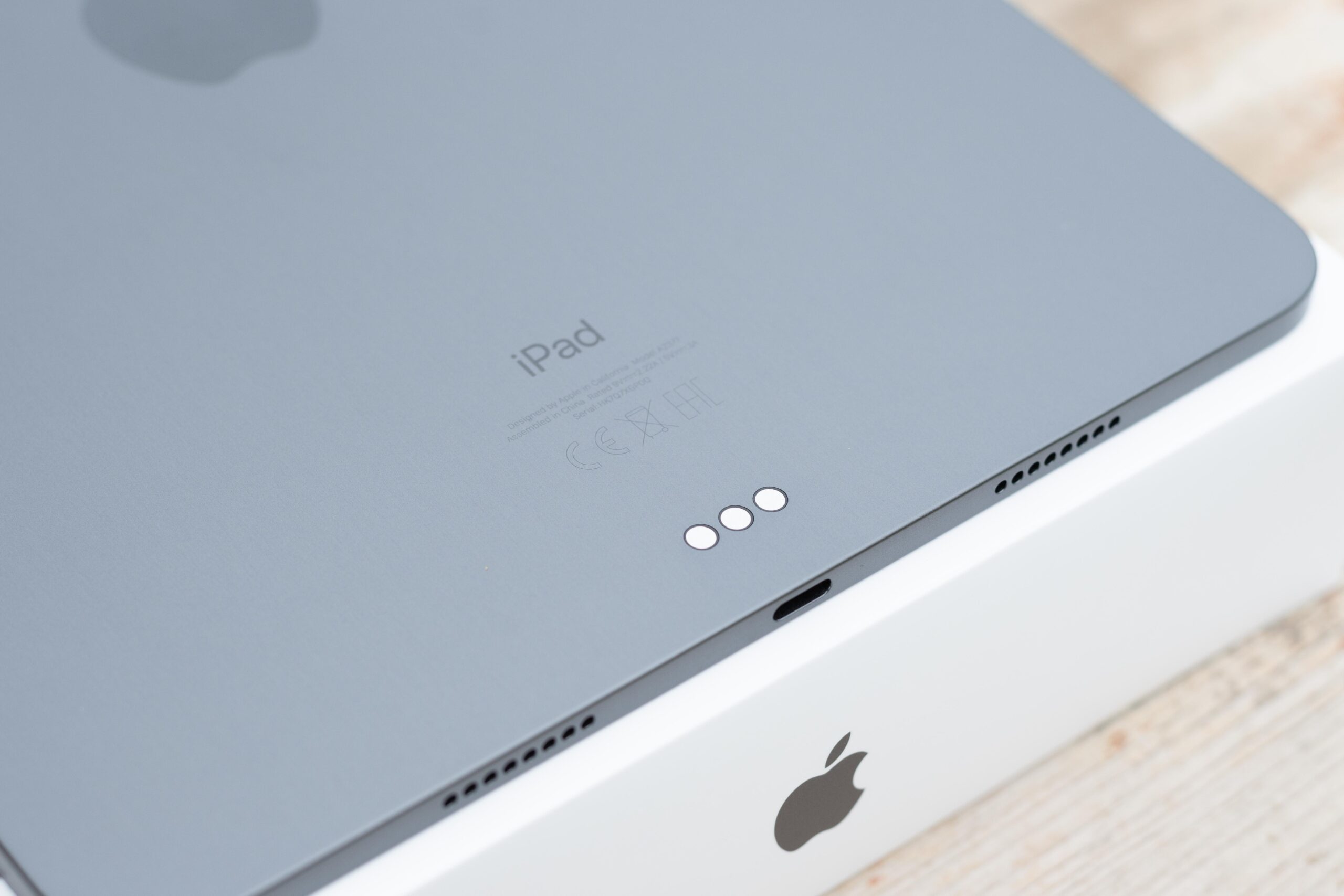
Great hardware tramples underpowered software - at least for now
The last sentence of the previous paragraph may have caused you an unpleasant tension and at the same time a question about what the new 11" iPad Pro might not be sufficient for users. The answer to this question is simple, but also complex in its own way. If we take performance tests through various benchmark applications as performance indicators, we will find that the novelty is, in short, an incredible beast. In fact, last year's iPad Pro passes all tests, and just like all other tablets in the global offer. After all, not to either! After all, inside it beats a processor that Apple was not afraid to use not only in MacBook Air or Pro, but also in its iMac desktop machine. It is probably clear to all of us that the M1 cannot be described as some non-performing stunner. After all, for its 8 CPU cores and 8 GPU cores, it would be a real insult.
However, performance is one thing and its usability or, if you like, utilization is another and unfortunately completely different thing. In this case, however, the fault is not the M1 chip, but the operating system, which should de facto convey its performance to you through applications and the possibilities of its use. And unfortunately it doesn't do that, or rather not as it should. Personally, I tried to use the iPad as much as possible in the last few days, and although I didn't come across practically any task with which it had a problem in terms of performance (whether we're talking about games or graphic editors, everything simply runs at one with an asterisk), due to the enormous in short, you are not able to use the limitations of iPadOS tablets in any comprehensive way - that is, if you are not an outright mobile type of user who simply gets along in a "separate" environment. In short and well, it lacks any simplicity that would allow quick and intuitive use of individual functions across the system and that would actually occupy the processor as it should and should. What's the use for me that the graphics editor runs perfectly and all the rendering is fast, if as a result I have to use it on the iPad in combination with other software in a much more complicated way than on macOS? You definitely can't say that it's useless, but at the same time, I can't say that it's okay and it doesn't matter. It bothers me a hell of a lot. It is iPadOS that absolutely kills Apple's slogan "your next computer will not be a computer". That, dear Apple, definitely will be - that is, at least if iPadOS is still the mobile operating system for overgrown iPhones.
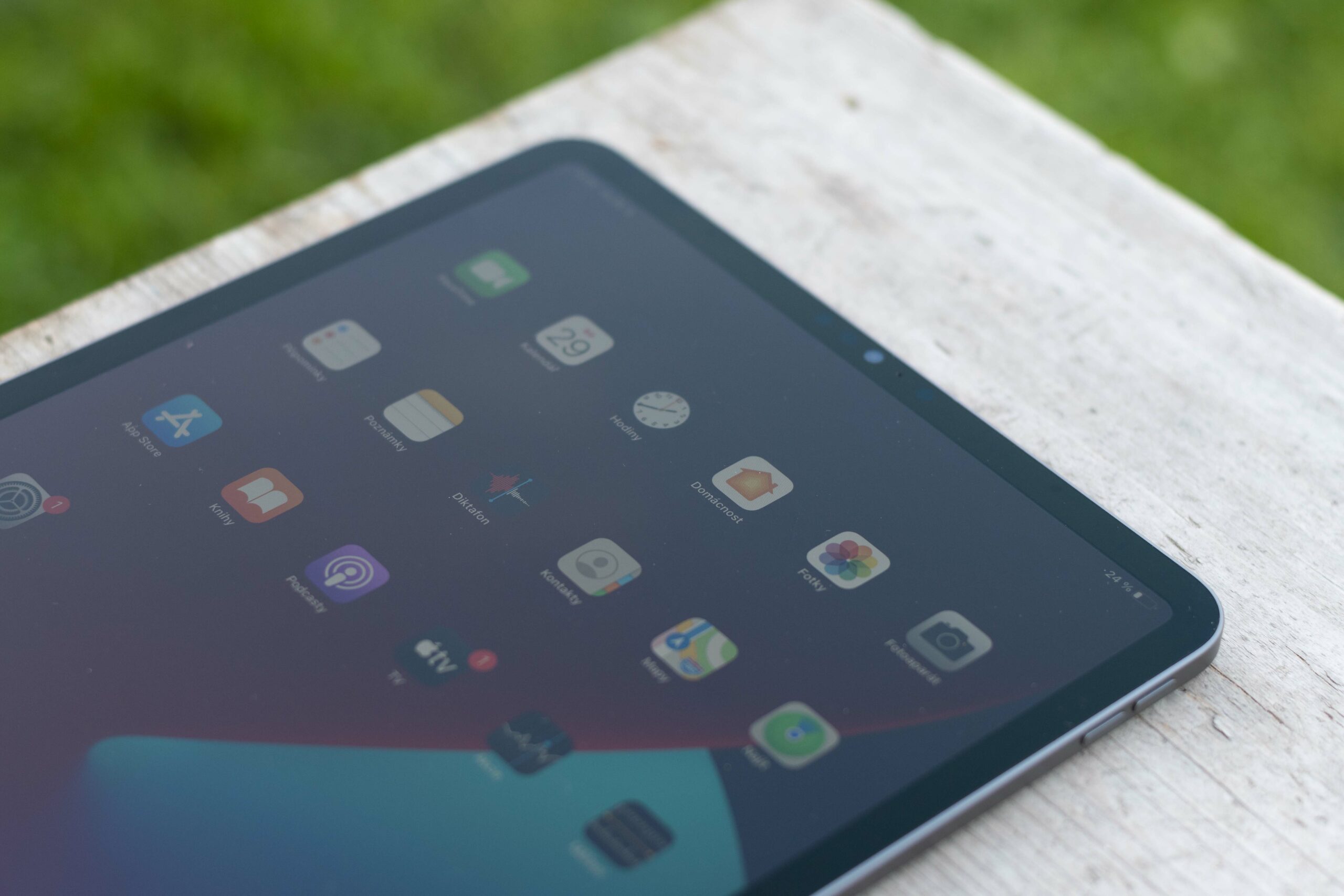
Yes, the previous lines can seem quite harsh after the first reading. Over time, however, the vast majority of you, like me, will realize that they are, in a way, the best "hater" that could fall on the "head" of the new iPad Pros. Why? Because it is simply and easily solvable. Thanks to software updates, Apple has the opportunity to improve iPadOS in such a way that it really turns it into a small macOS and thus unlocks the potential of the M1 in the new iPad Pro as it should and should be. Whether he will do it or not, probably none of us can predict at the moment, but the mere existence of this possibility is more positive than if I were to slander the hardware in the previous lines, which Apple simply cannot change from the comfort of its office with the snap of a finger. Hopefully, WWDC will show us that Apple is serious about its idea of iPads as computers and will move iPadOS in the direction needed to fulfill it. Otherwise, anything can be loaded into them, but it still won't make Apple users change Macs for iPads.

A hardware pro through and through
While Apple should be criticized for iPadOS and its ability to extract the most from a brutally powerful processor, it should be praised for a few other hardware improvements aimed at professionals. The most interesting thing, in my opinion, is the support for 5G networks, thanks to which the tablet is able to communicate with the world at an extreme speed in places with sufficient coverage. For example, such data transfers through Internet storage suddenly become a matter of many times shorter than in the case of earlier use of LTE. So if you are addicted to such actions, your productivity will suffer. And it will grow more and more over time as operators expand the coverage of 5G networks. Now it is still available in the Czech Republic and Slovakia as saffron.
Another great gadget that revolves around connectivity is the deployment of Thunderbolt 3 support for the USB-C port, thanks to which the tablet learns to communicate with accessories at an extreme transfer speed of 40 Gb/s. So, if you often move large files via cable, the new iPad Pro will significantly improve your performance - classic USB-C can handle a maximum of 10 Gb/s. Sure, you probably won't appreciate this speed much in a few photos, but once you're dragging tens or hundreds of gigabytes or even terabytes, you'll certainly be pleased with the time saved. And speaking of terabytes, while last year's generation was configured with a maximum of 1 TB of storage, this year's Apple is happy to equip you with a storage chip with a capacity of 2 TB. So you probably won't be bothered by storage limitations - or at least not as quickly as in previous years.
From the previous lines, this year's generation of iPad Pro is a very interesting device. At the same time, its price is no less interesting, which is, at least in principle, relatively favorable in my eyes. For the 128GB variant in the WiFi version, you will pay Apple a decent 22 CZK, for 990GB then 256 CZK, for 25GB 790 CZK, for 512TB 31 CZK and for 390TB 1 CZK. Sure, the higher configurations are quite brutal in price, but is the amount of CZK 42 for the second best tablet in the world (if we consider the 590" iPad Pro (2) as the number one) really unbearable?

Summary
In my eyes, the 11” iPad Pro (2021) cannot be evaluated in any other way than as a tablet with great hardware, which pushes the boot in an extreme way on its software. Of course, users who are not bothered by the limitations of mobile systems will be satisfied with it, because it will simply make their work more pleasant thanks to the brutal M1 chip, but the rest of us - that is, those of us weaned on the openness of operating systems - will find it very difficult to understand it for now. In short, it will not provide us with what we would expect from it - that is, at least not in a format that would allow the same or at least similar usability of a tablet as a Mac. Therefore, we can only hope that Apple will show up at the upcoming WWDC and show iPadOS, which will take the novelty to a whole new level. However, if you are willing to forgive her for her current missteps on the spot precisely because iPadOS suits you for some reason, feel free to go for it!
You can buy the 11″ iPad Pro M1 directly here
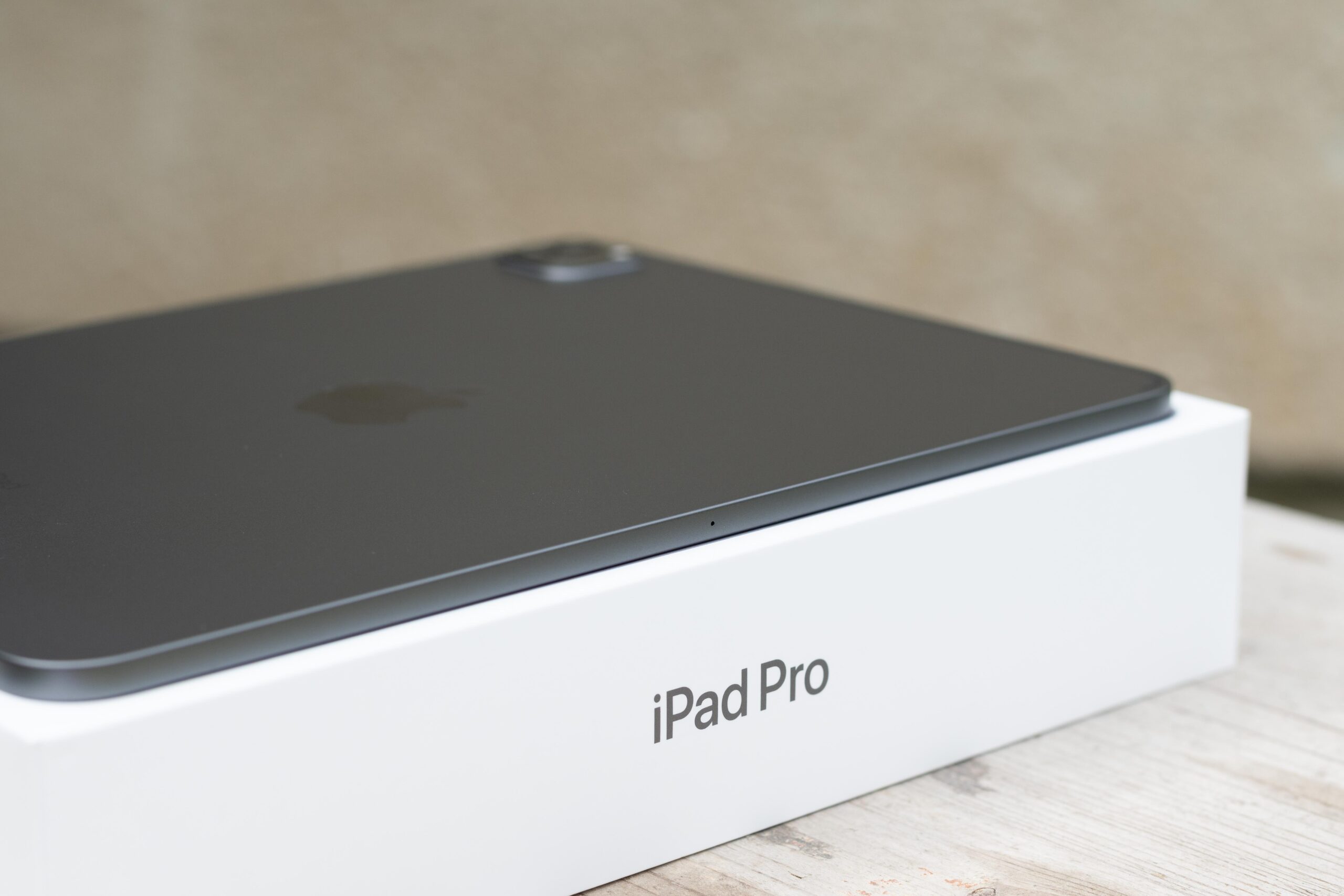
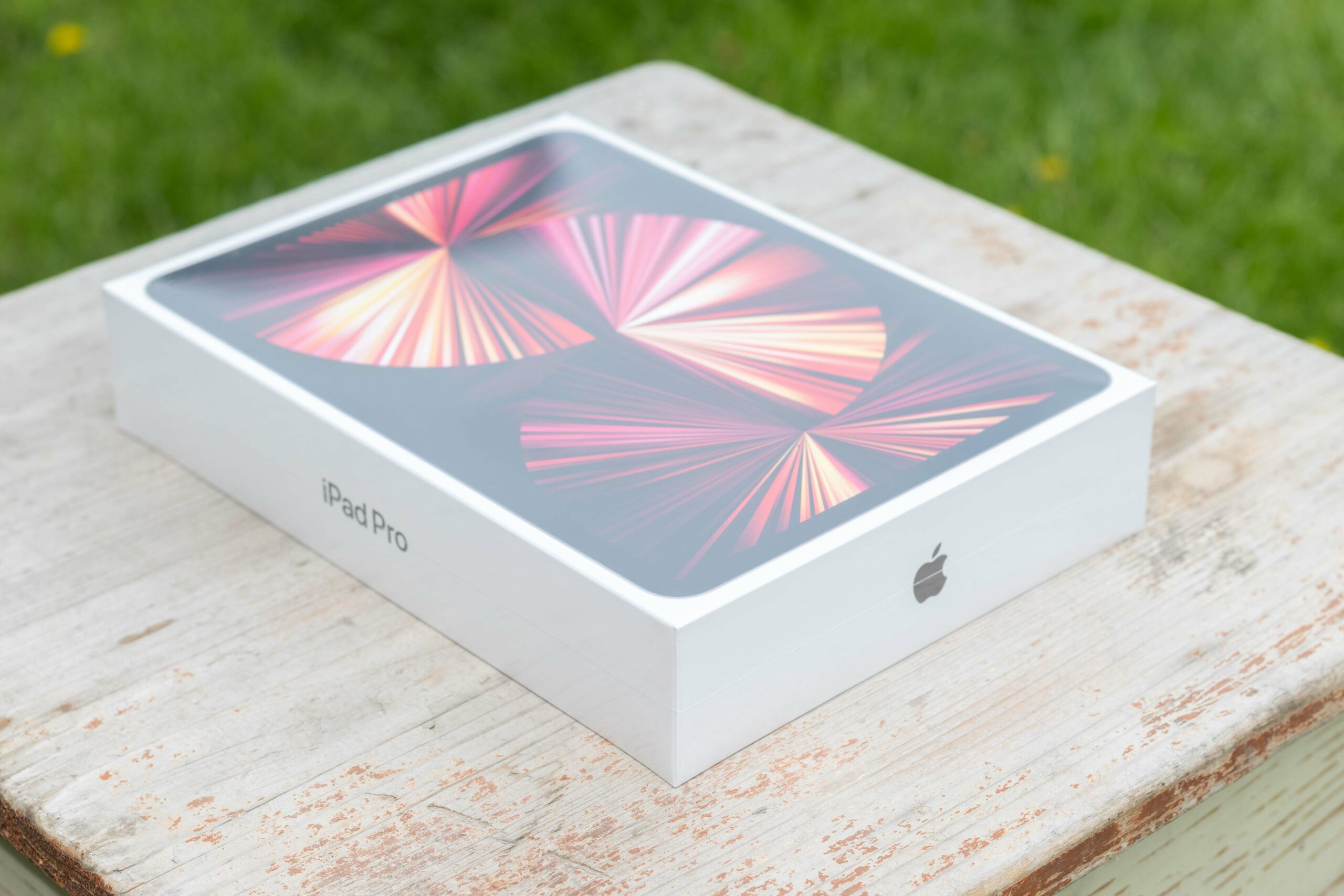
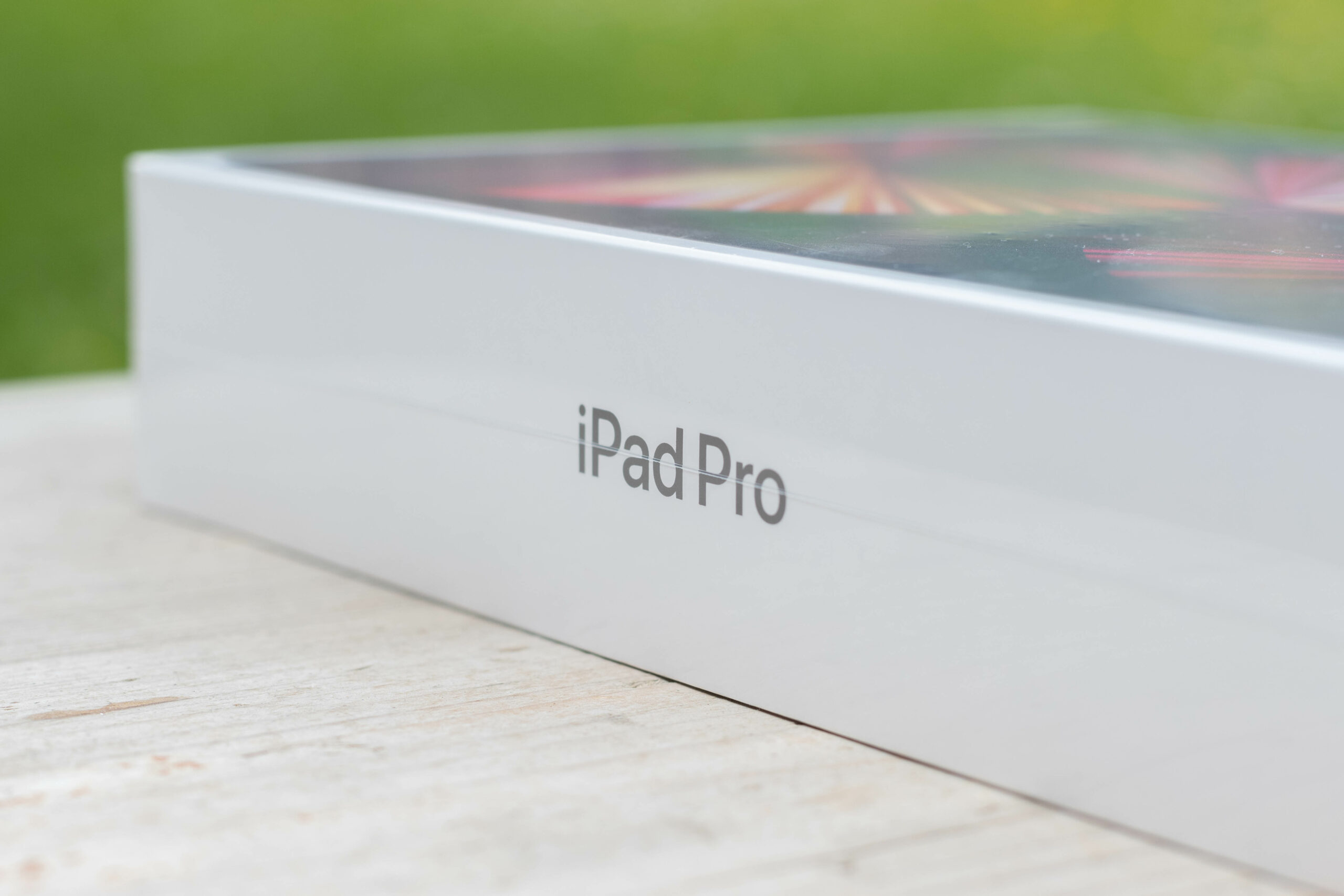
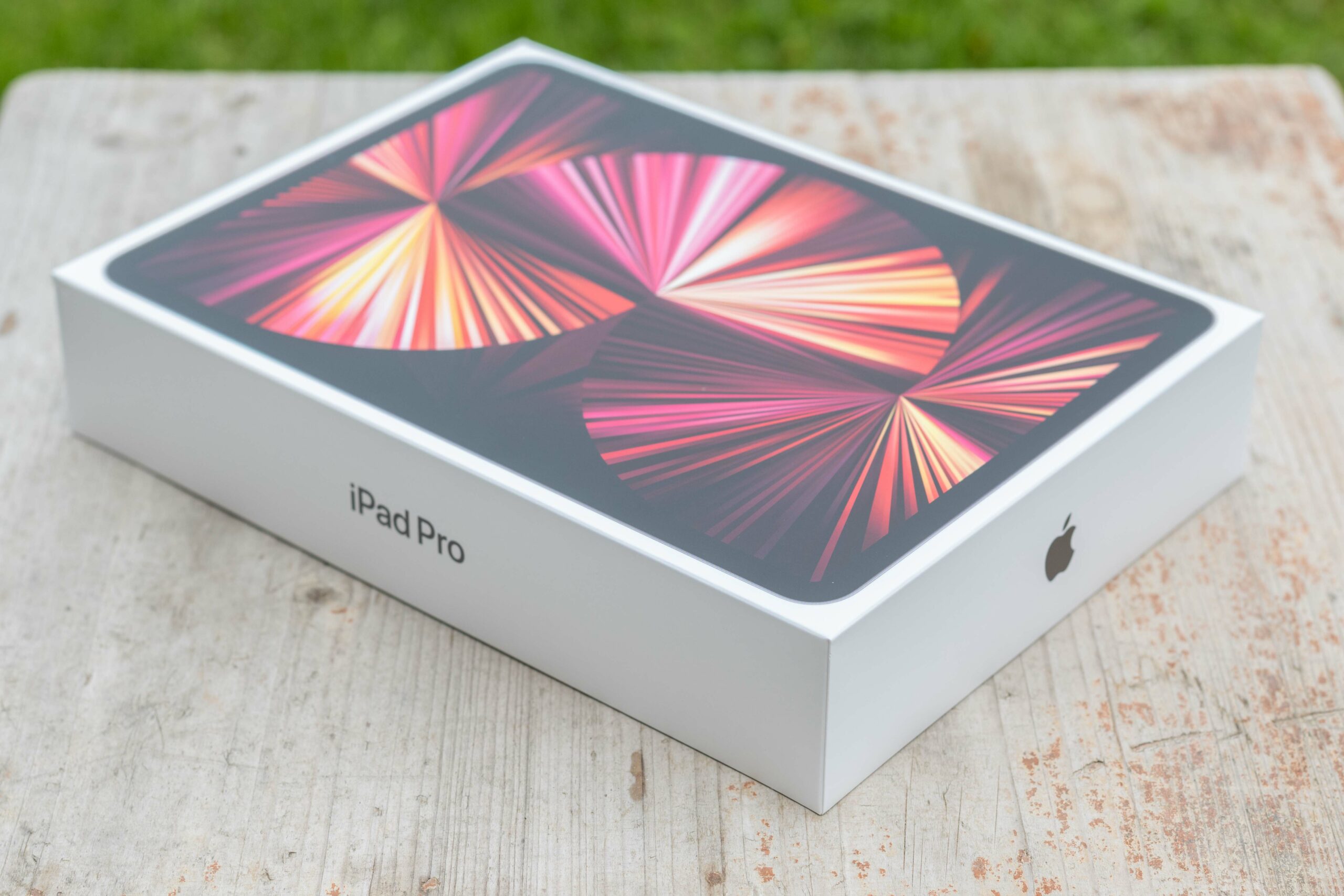
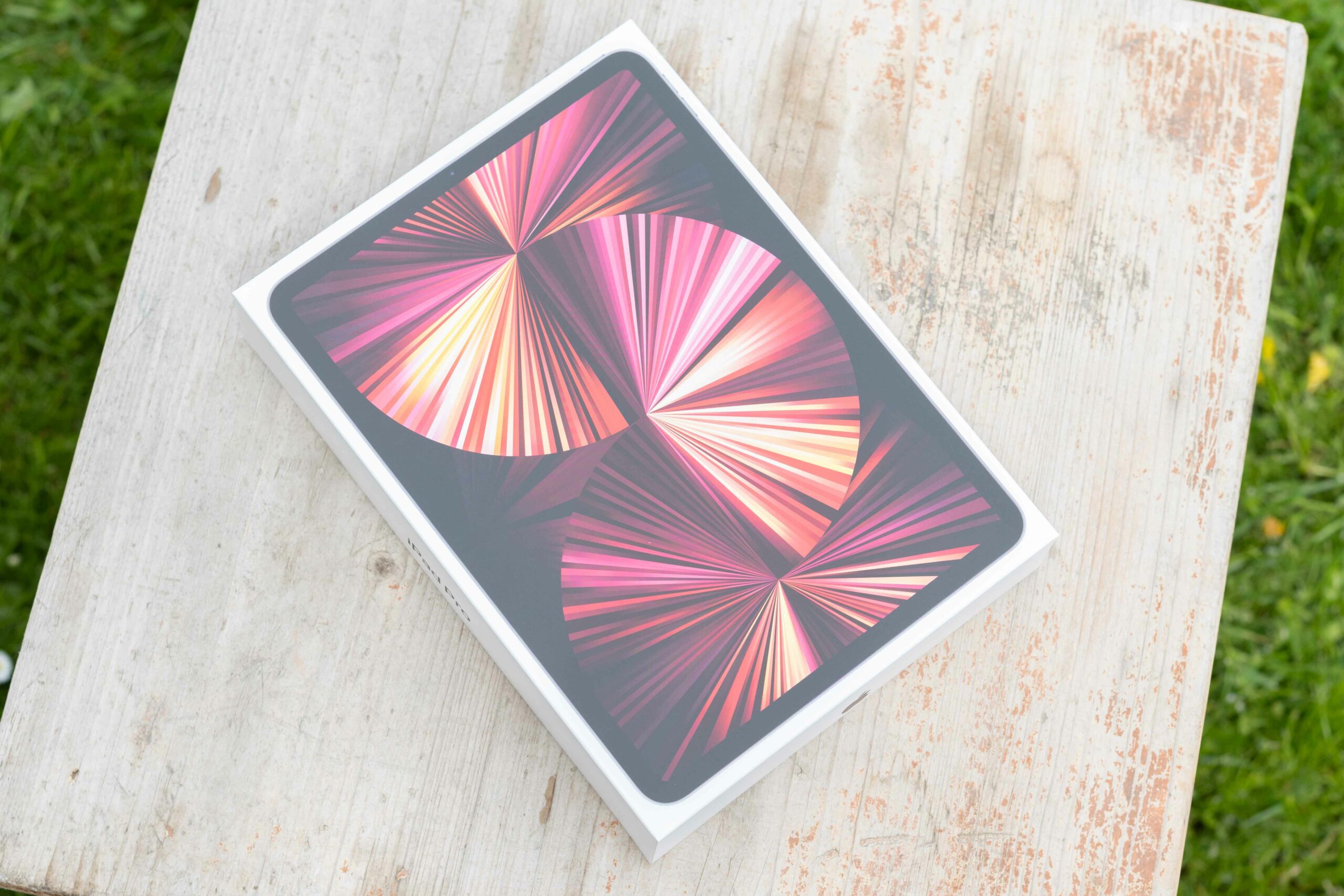
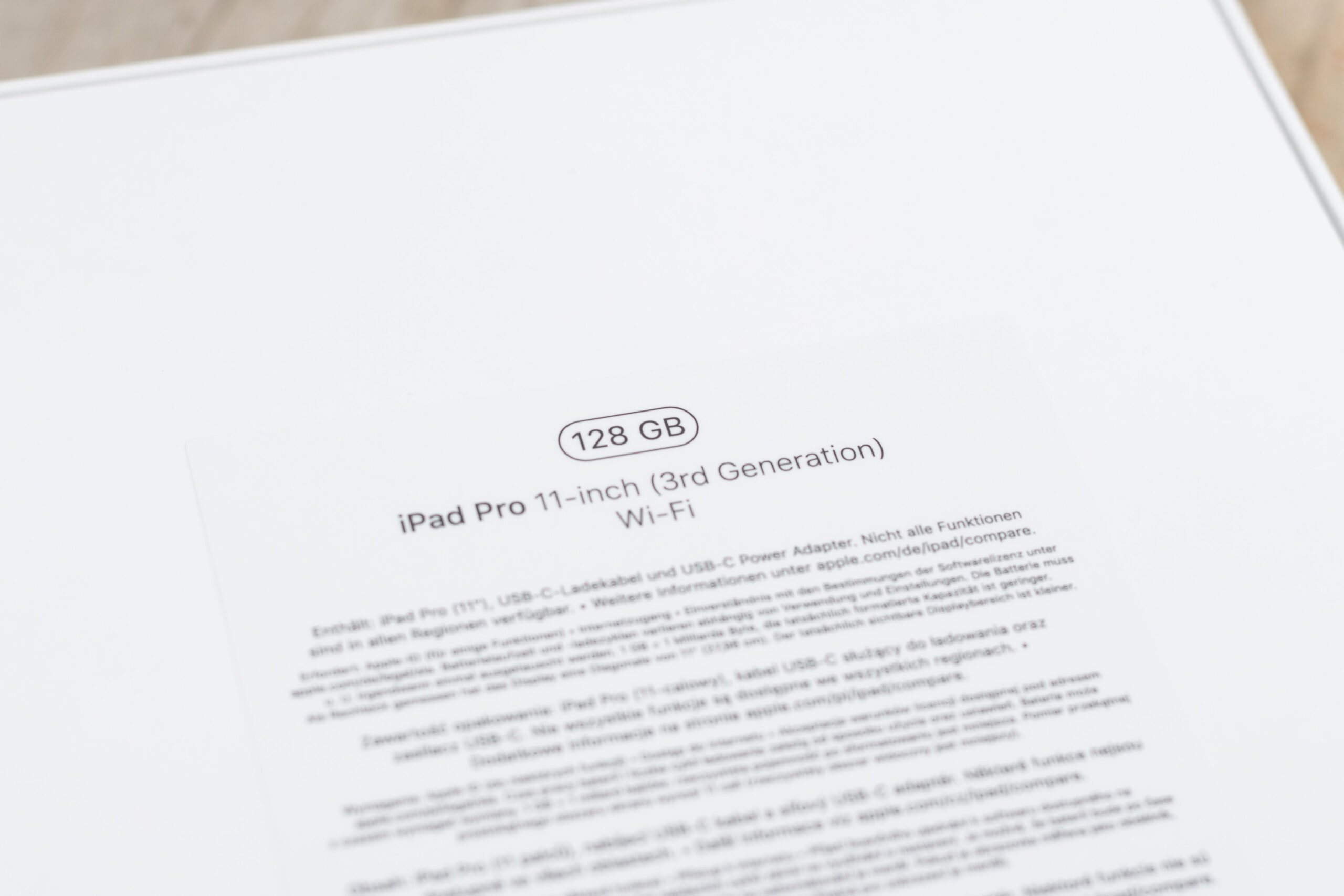
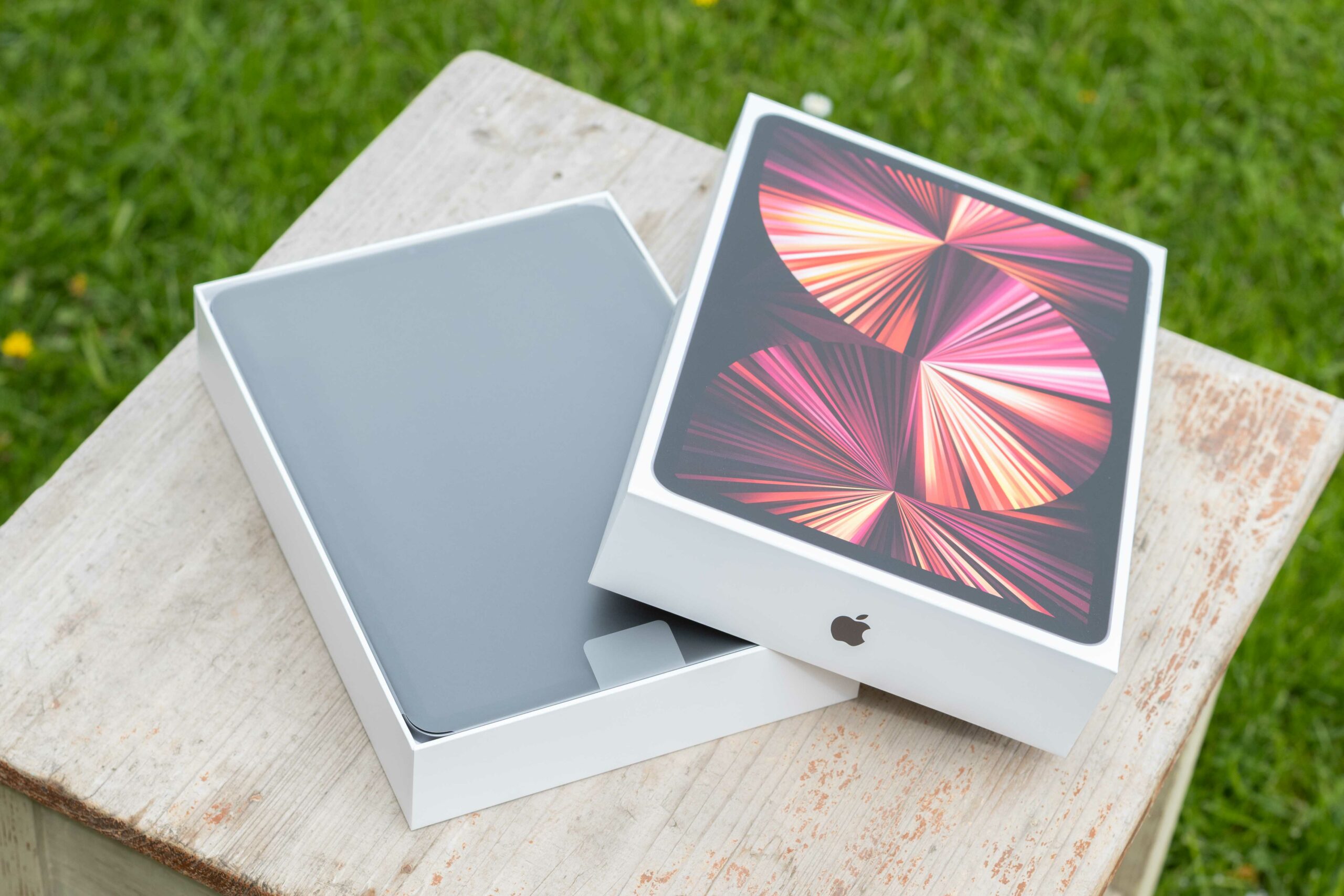
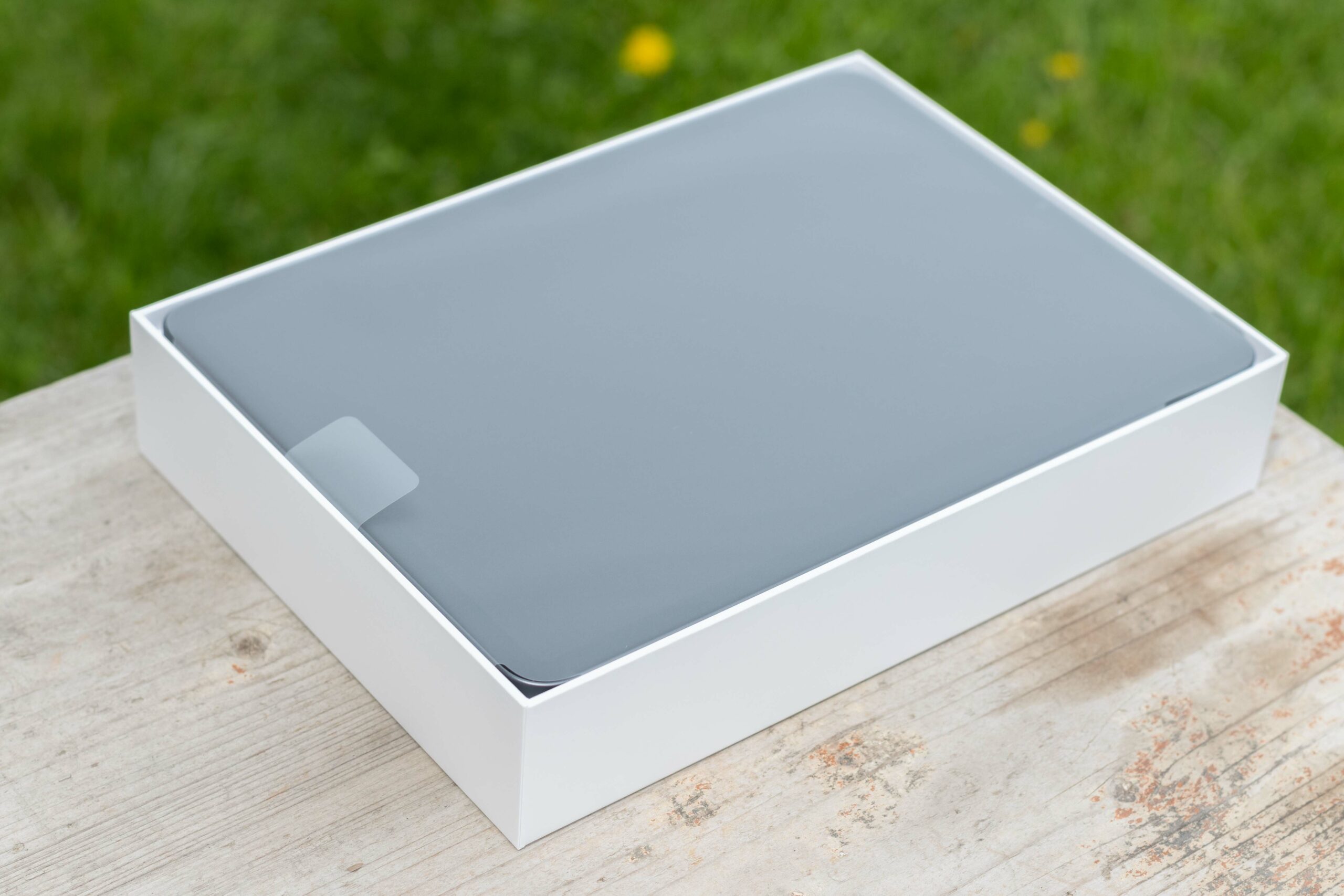
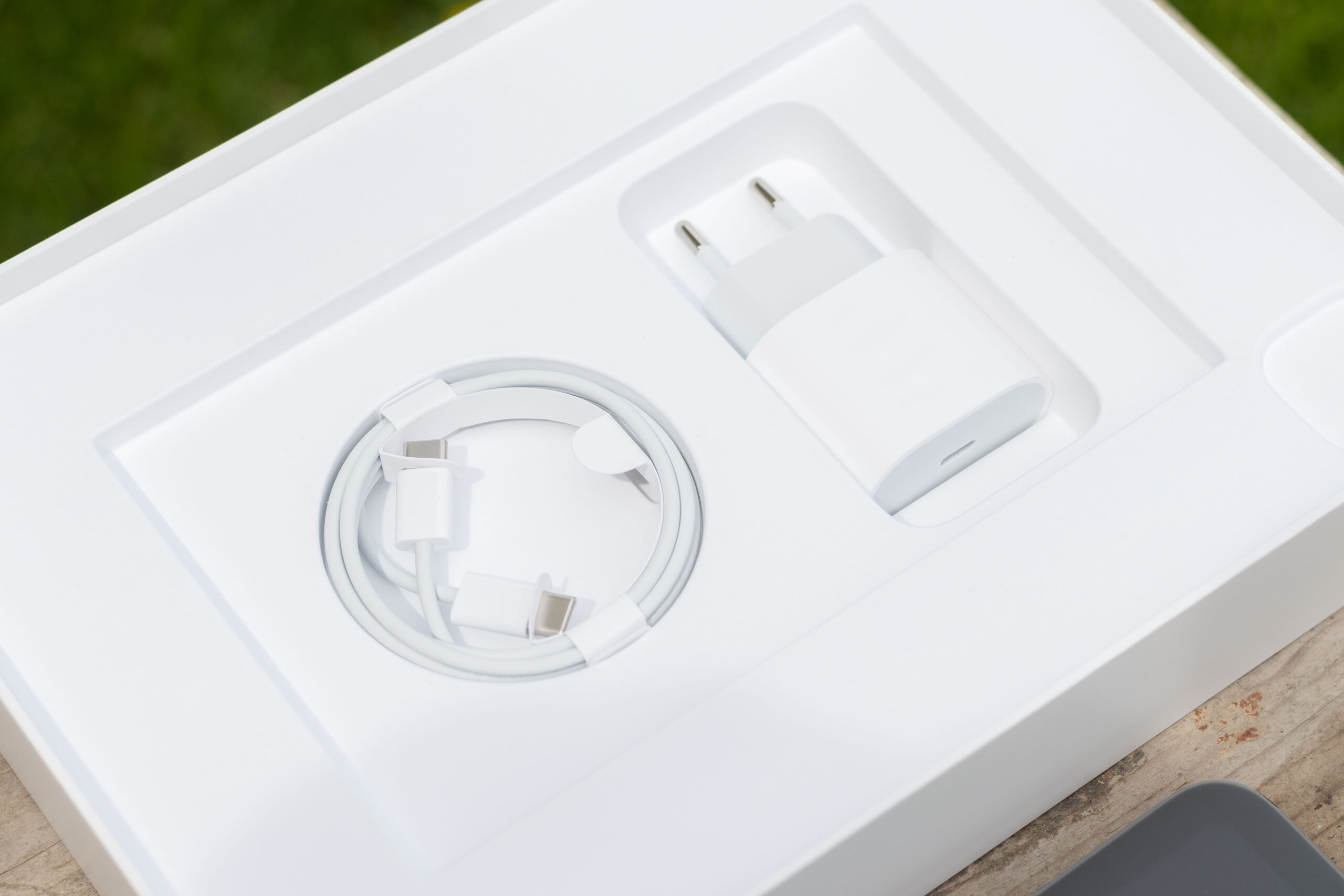

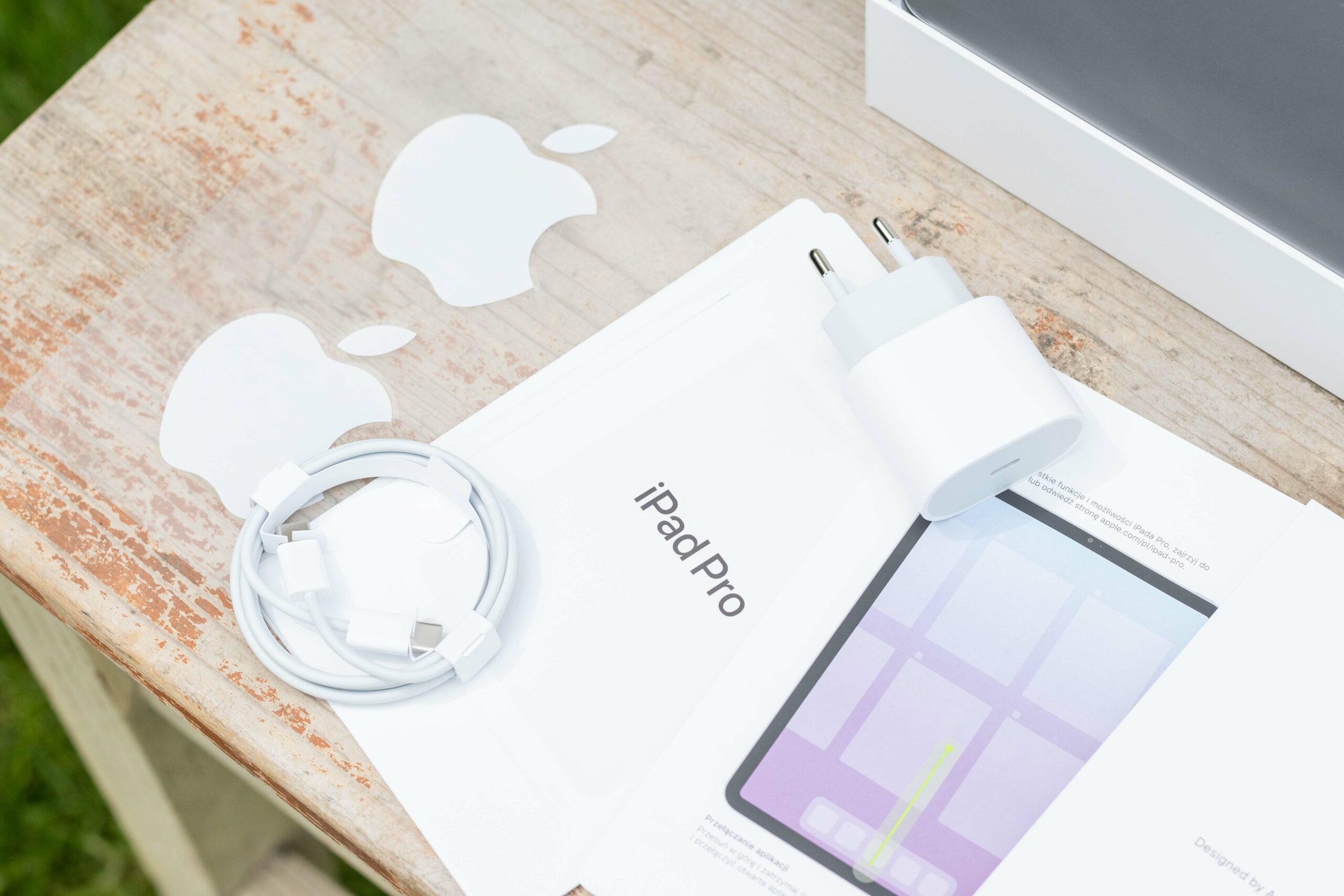
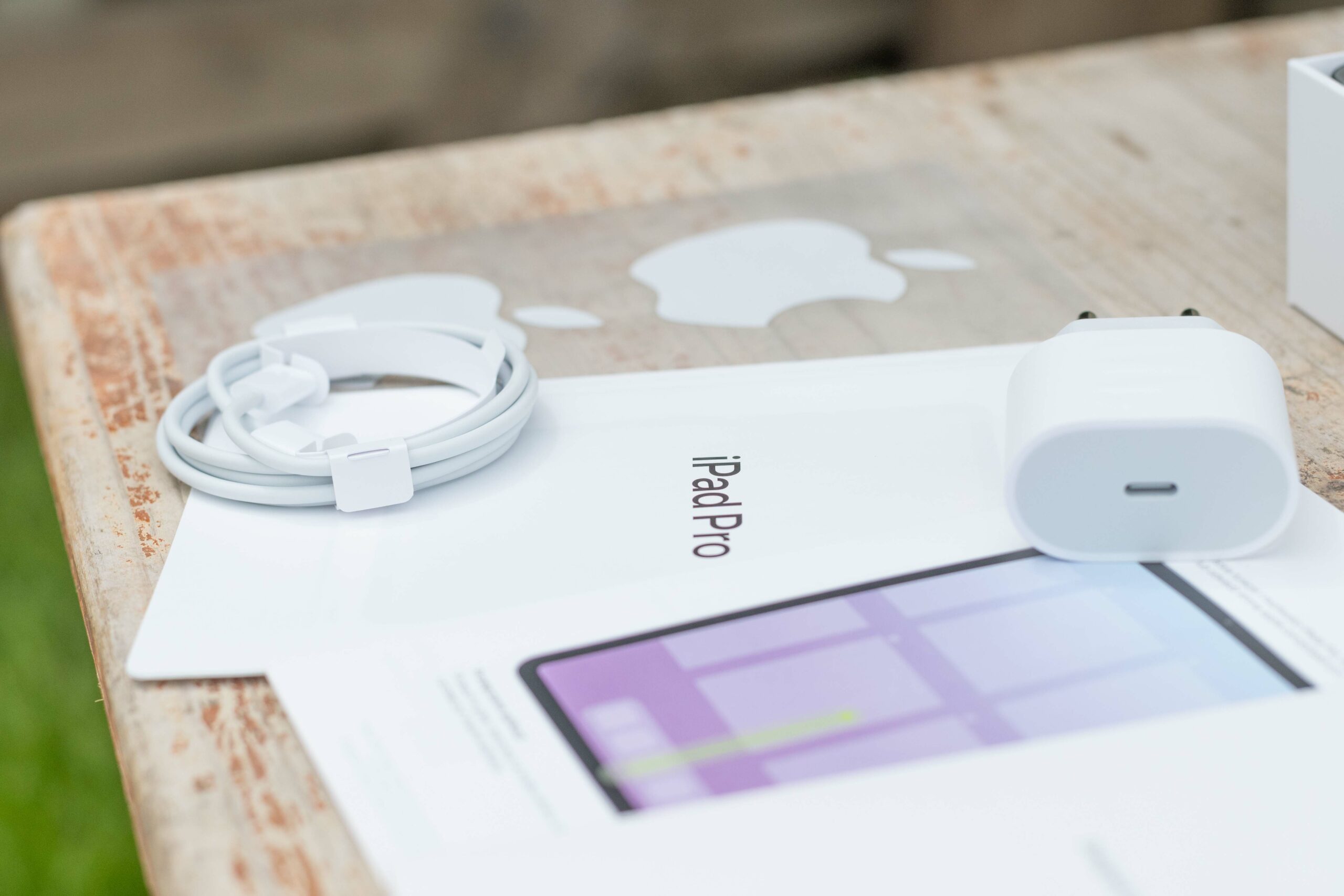
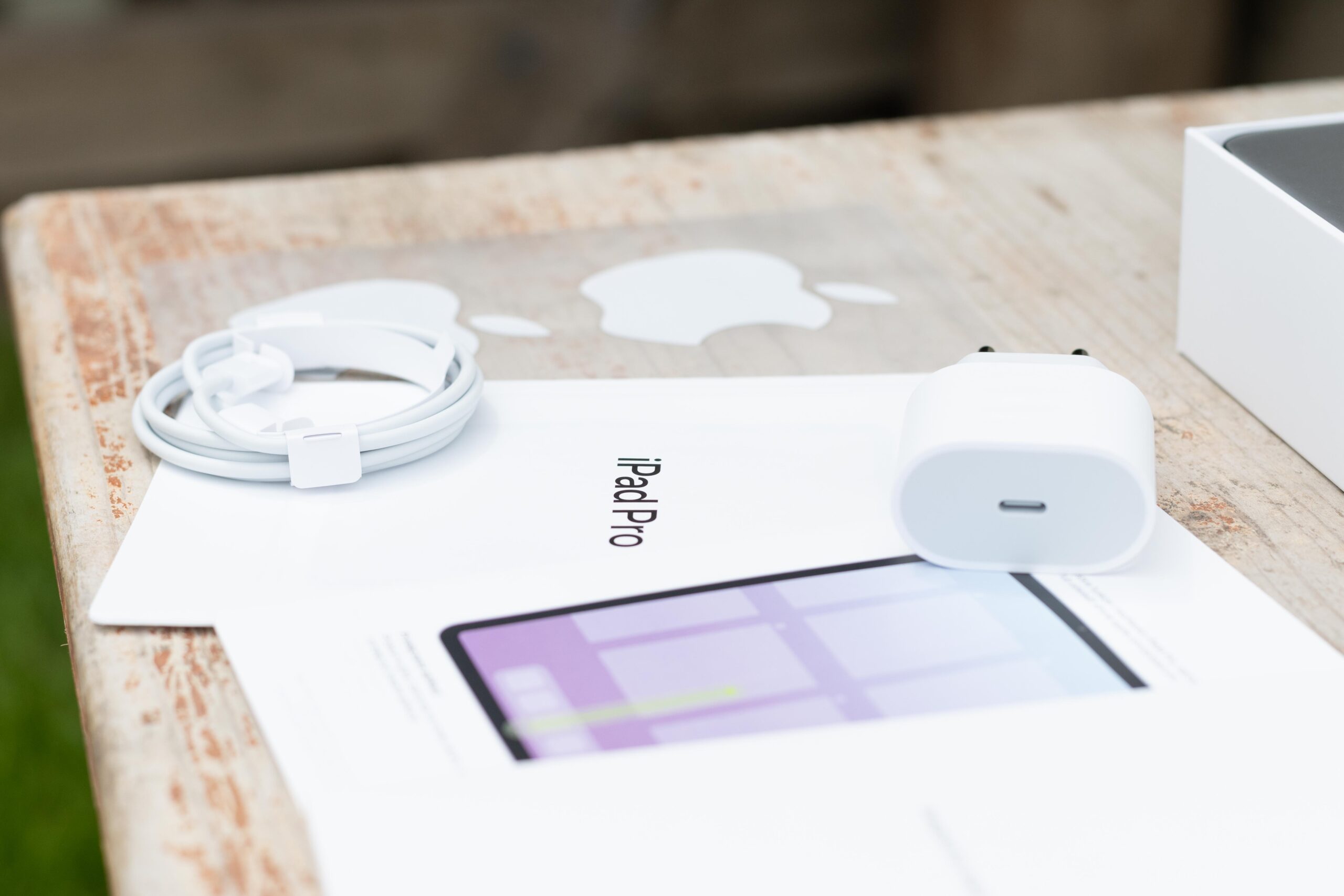
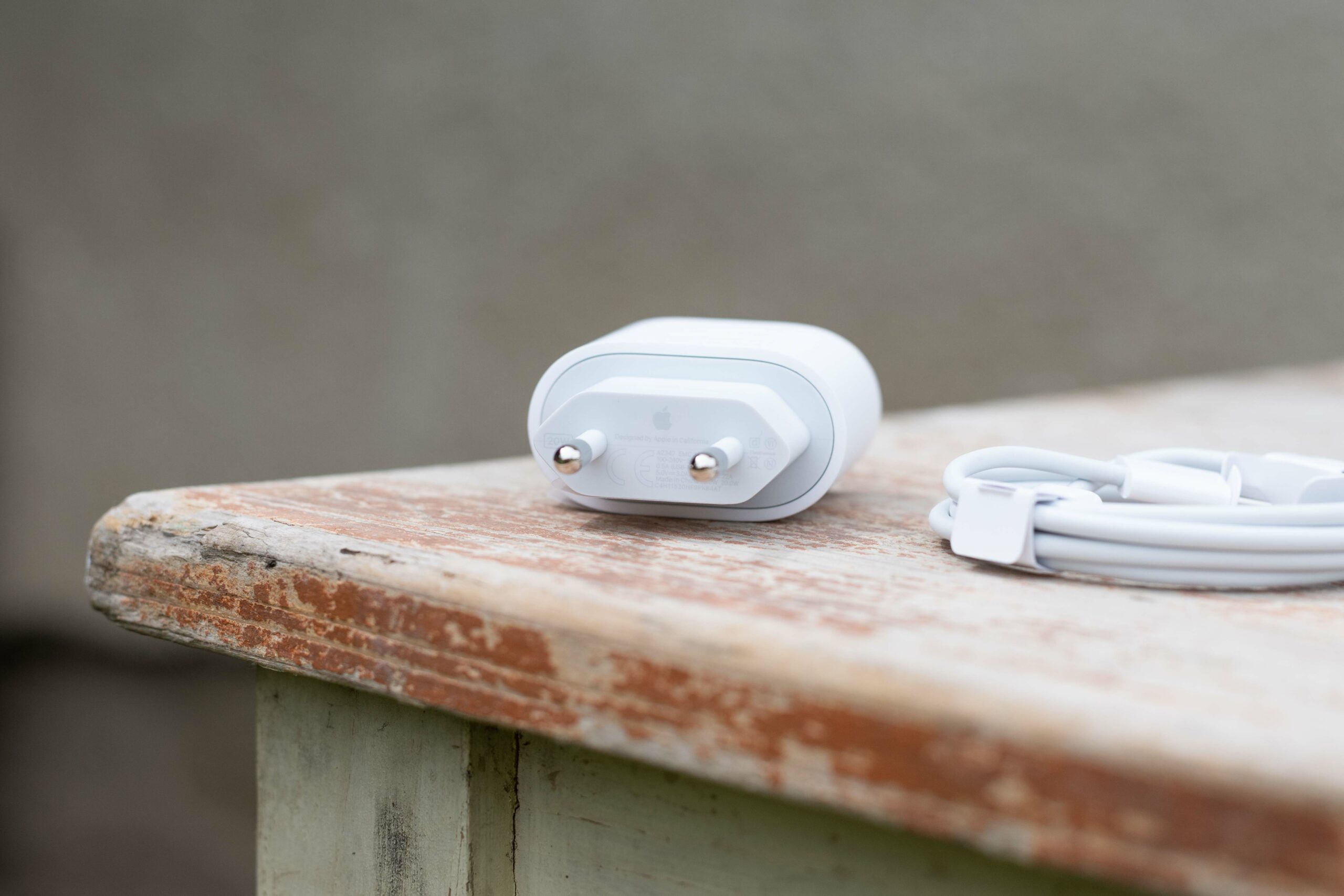
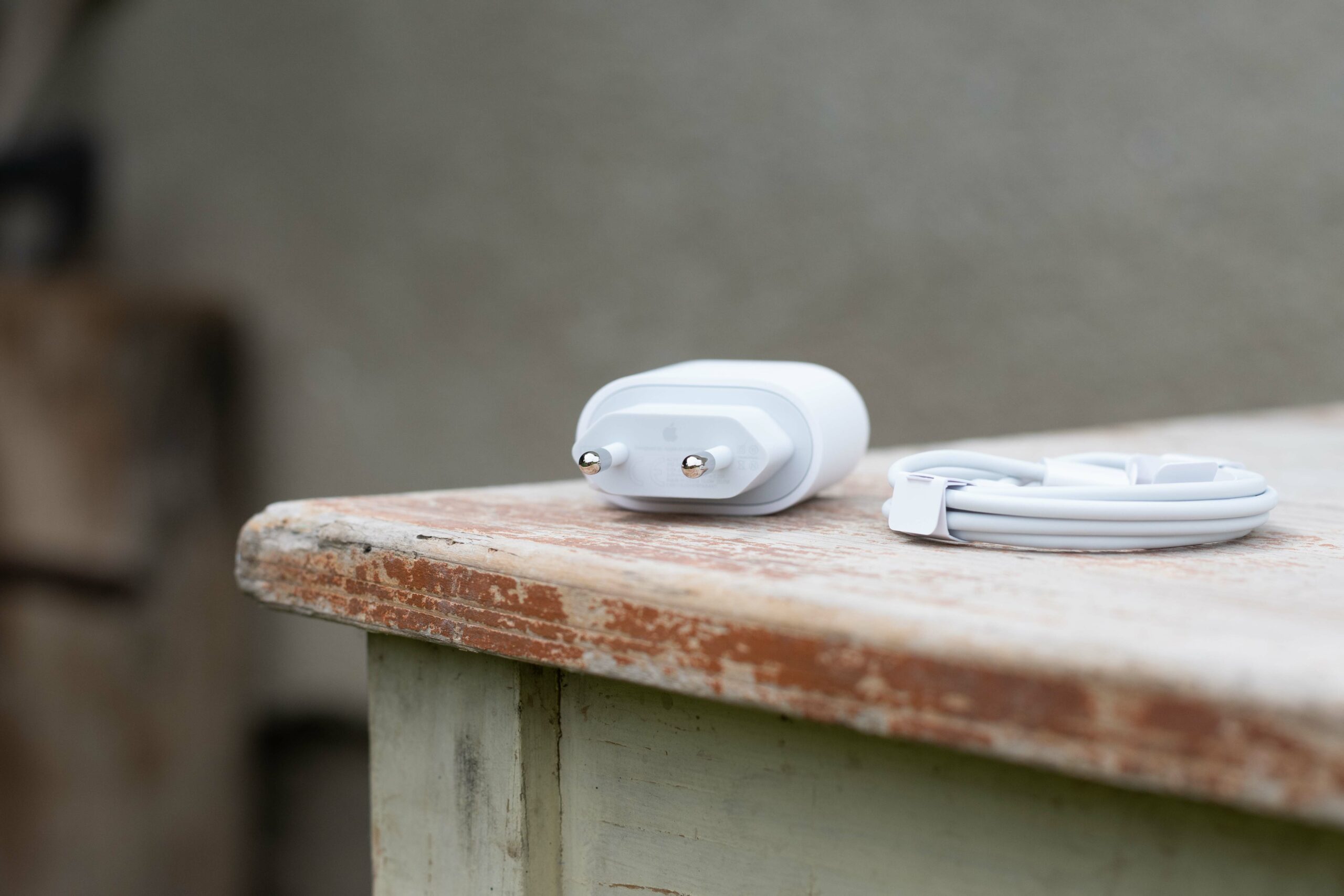
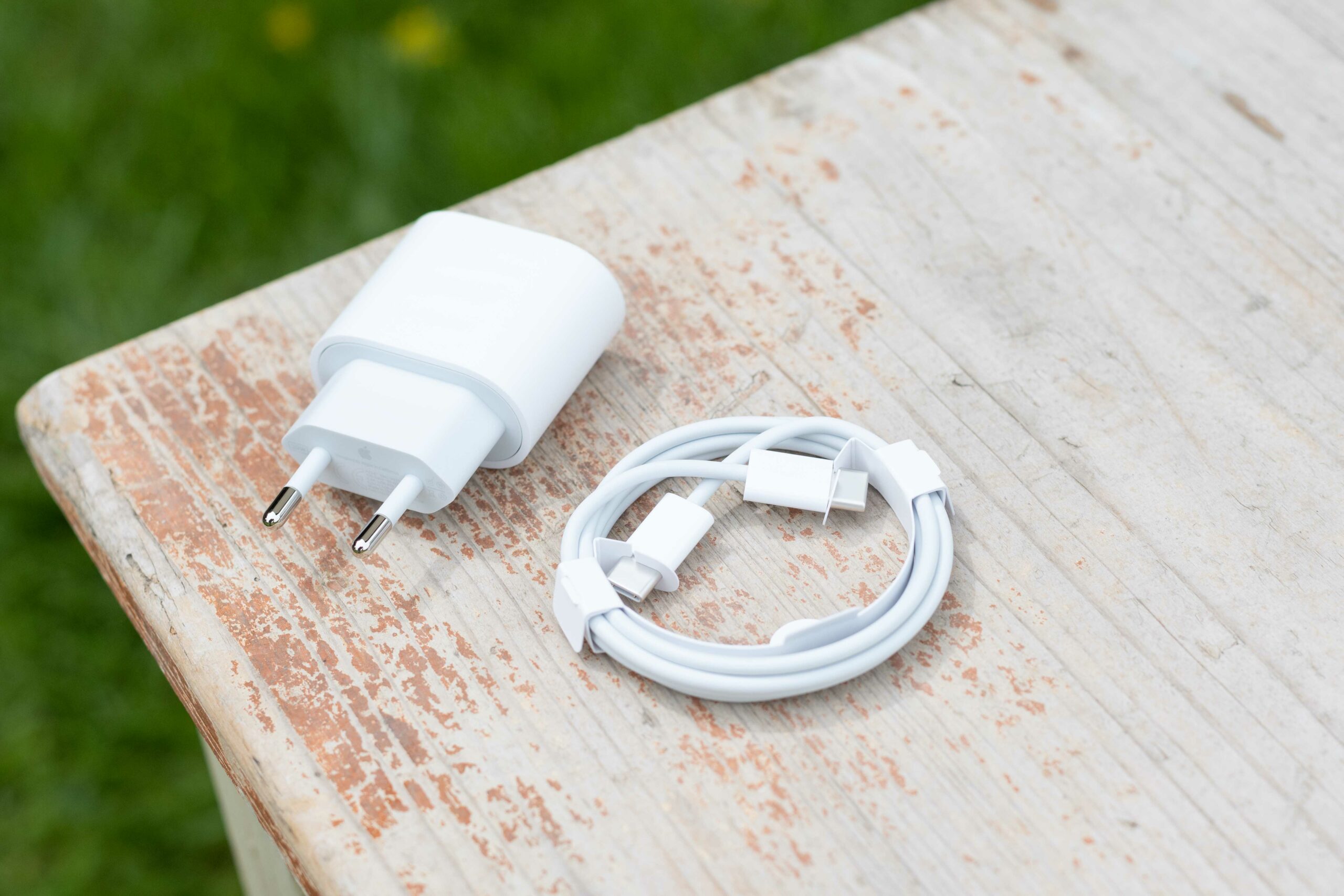
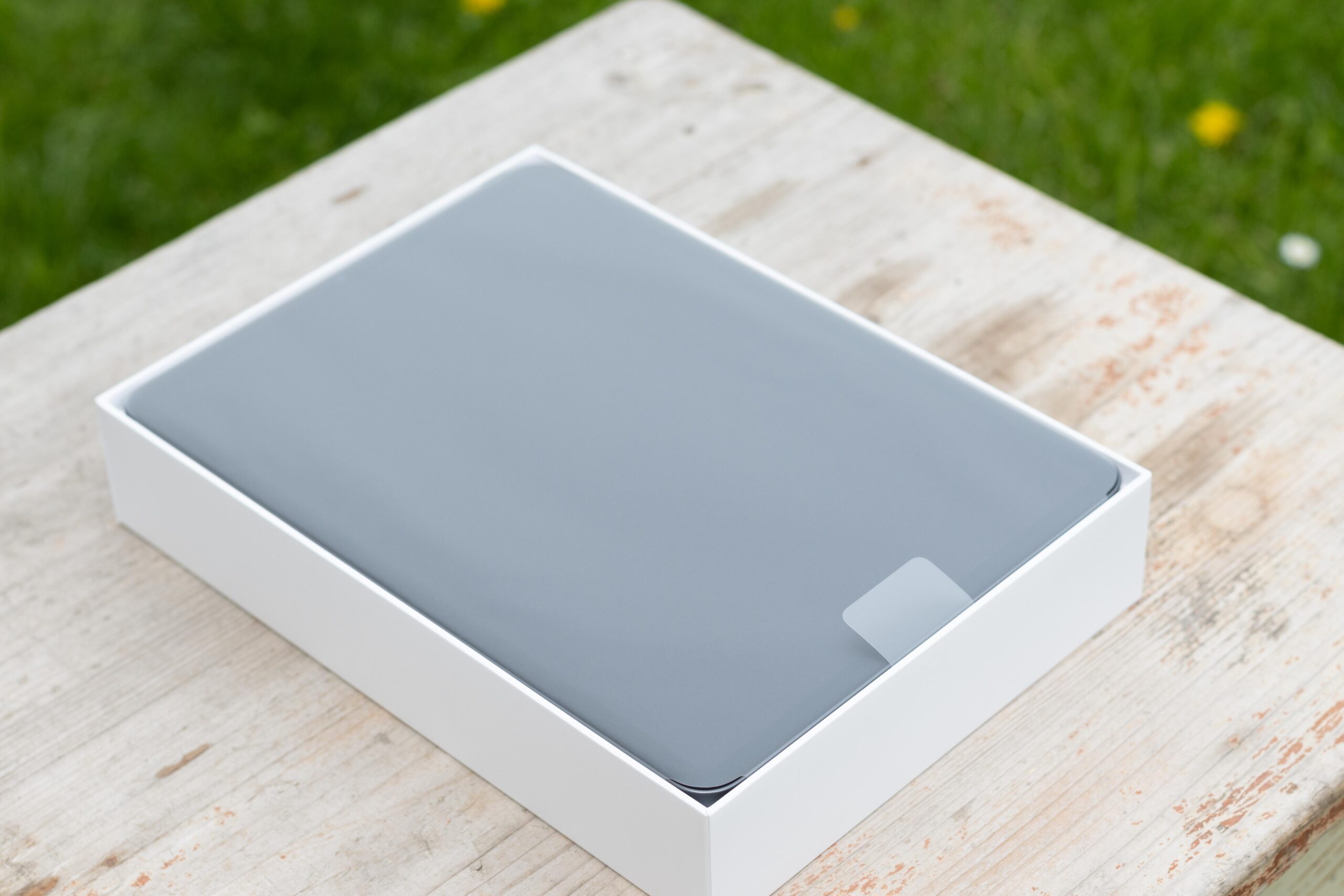
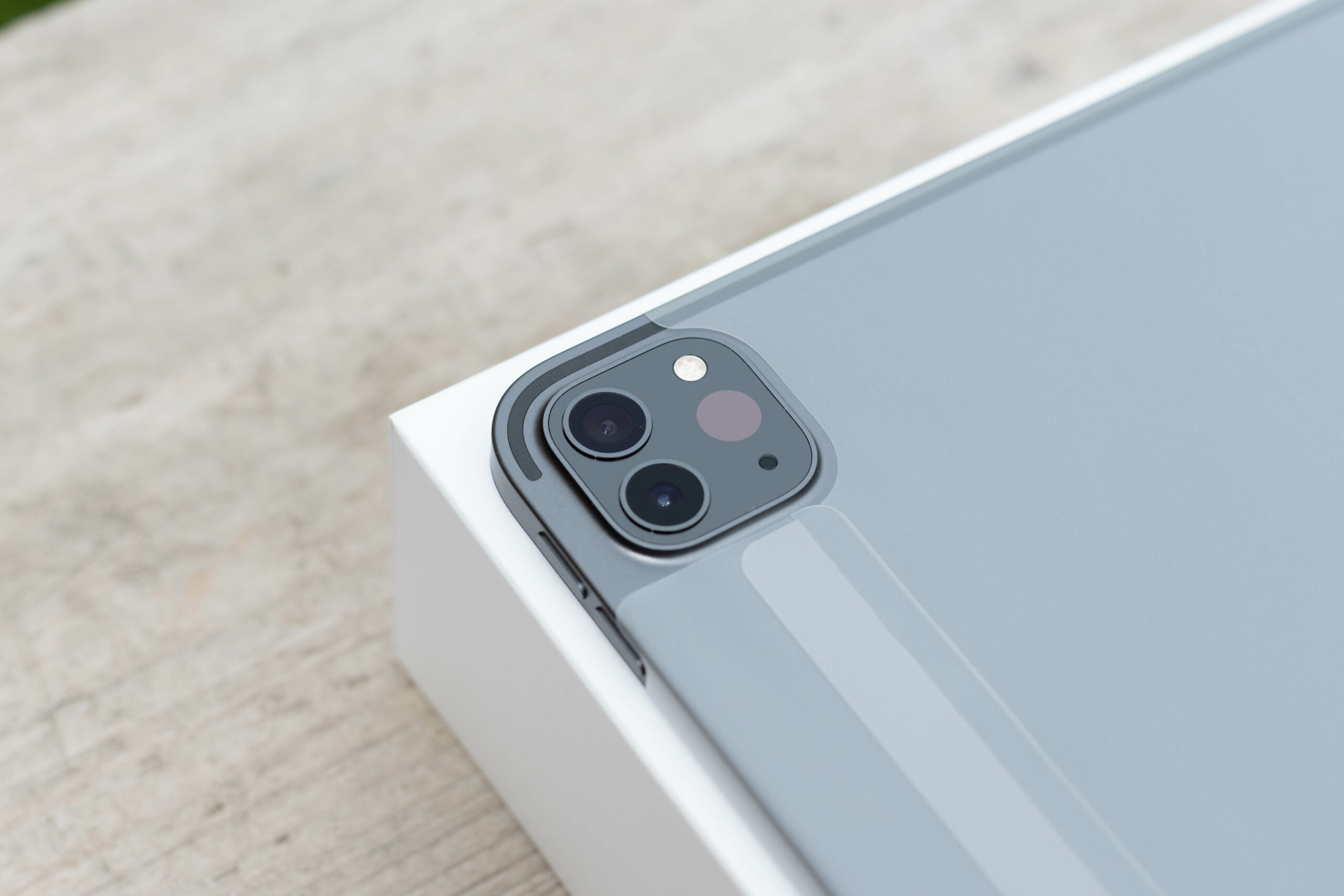
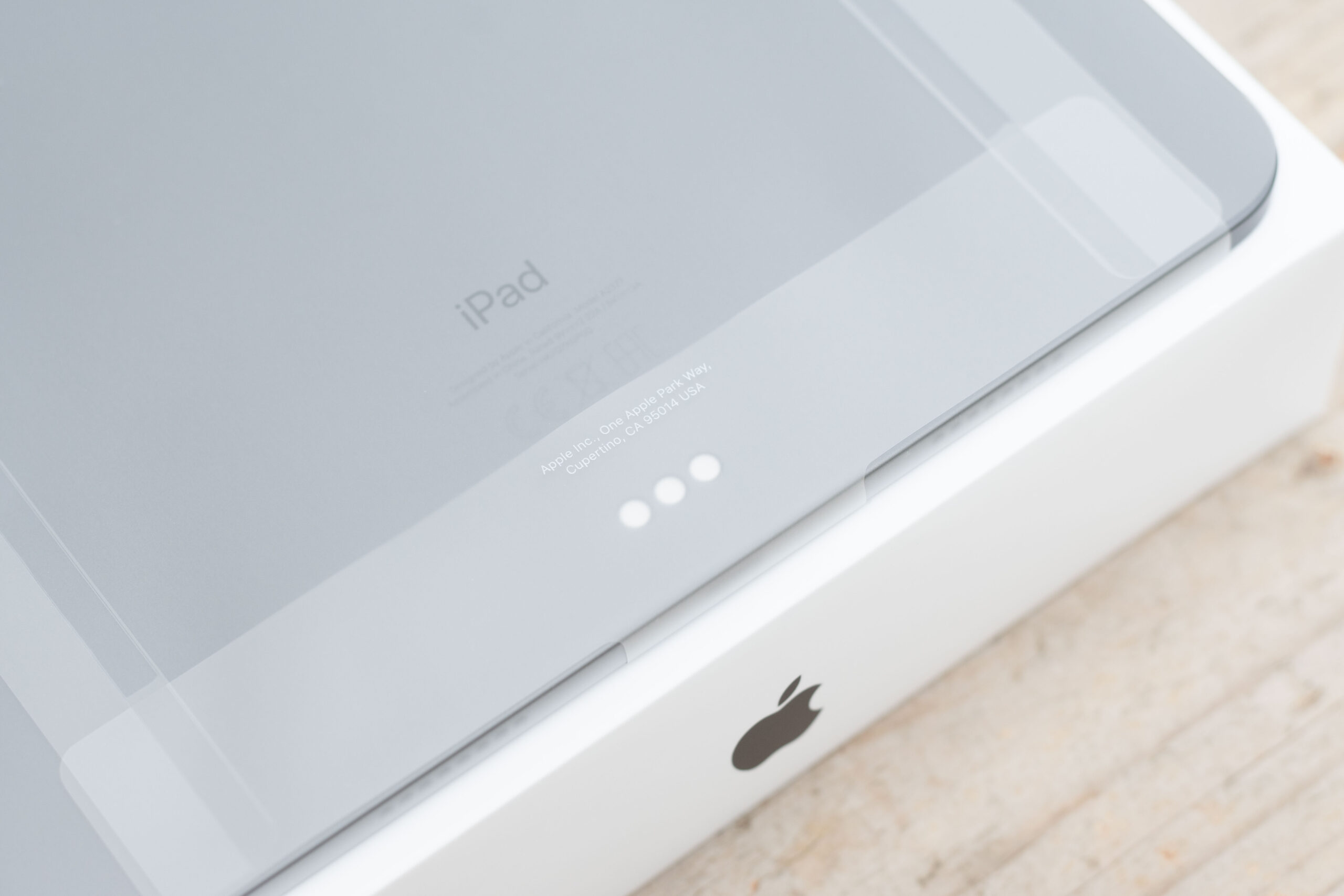
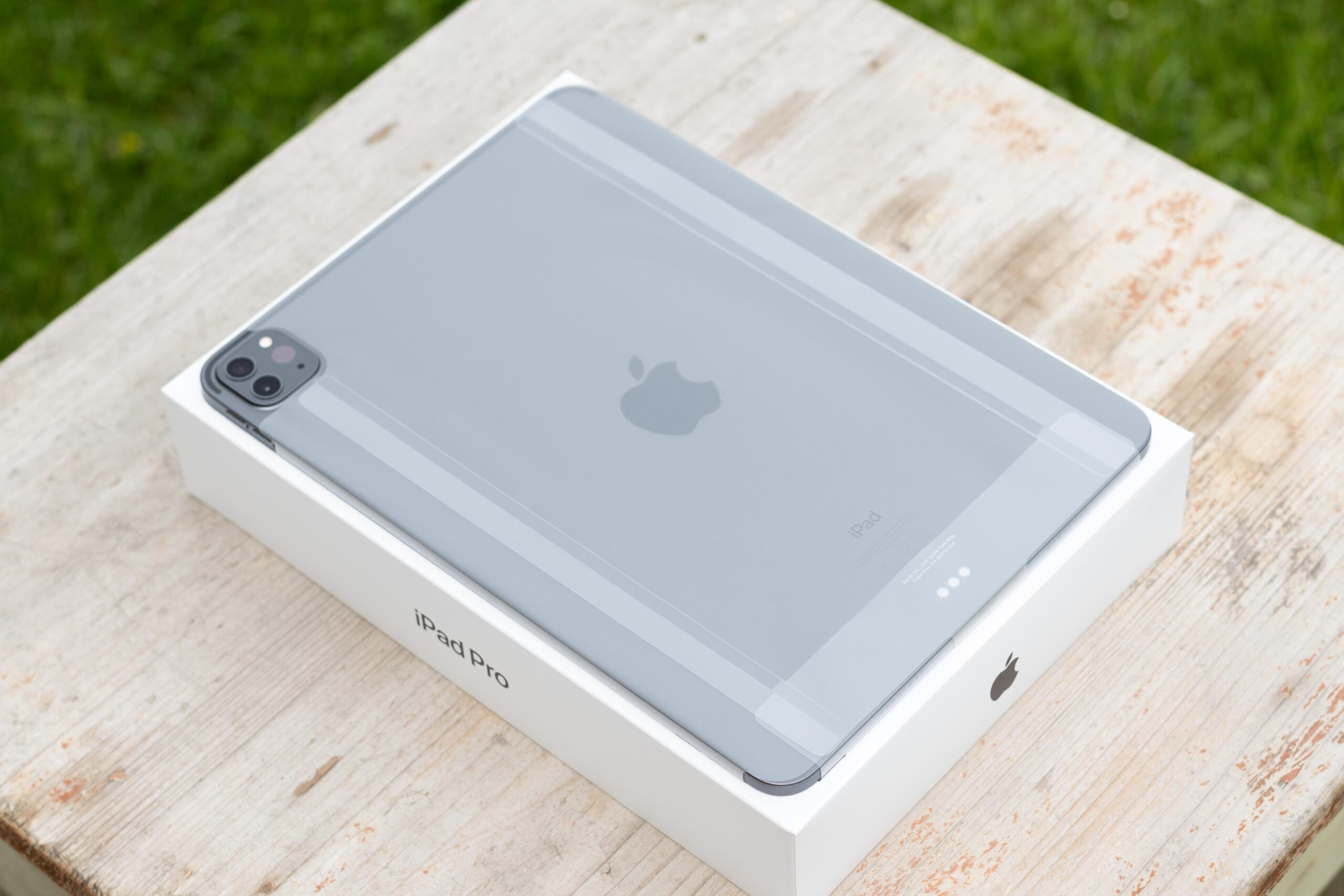
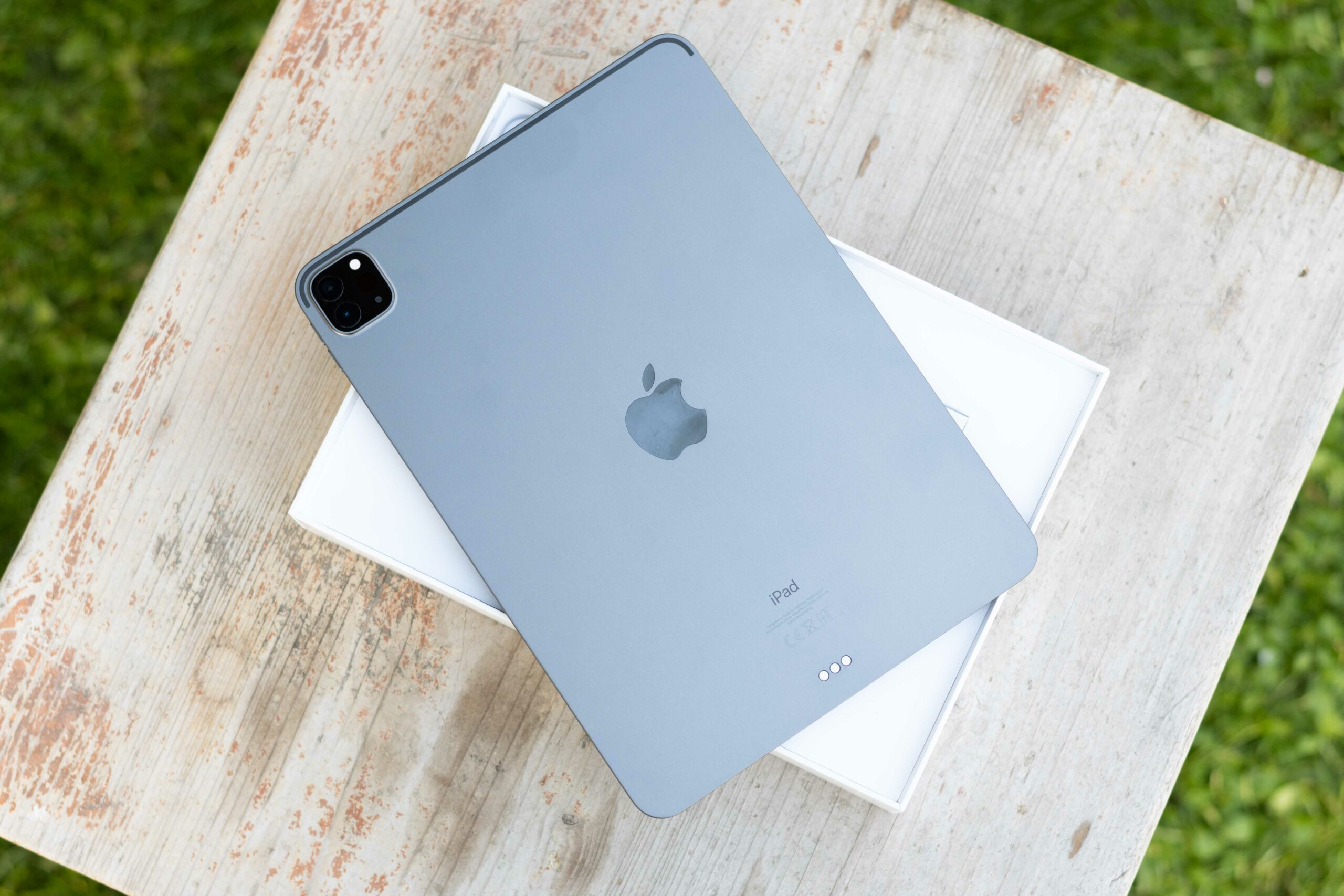
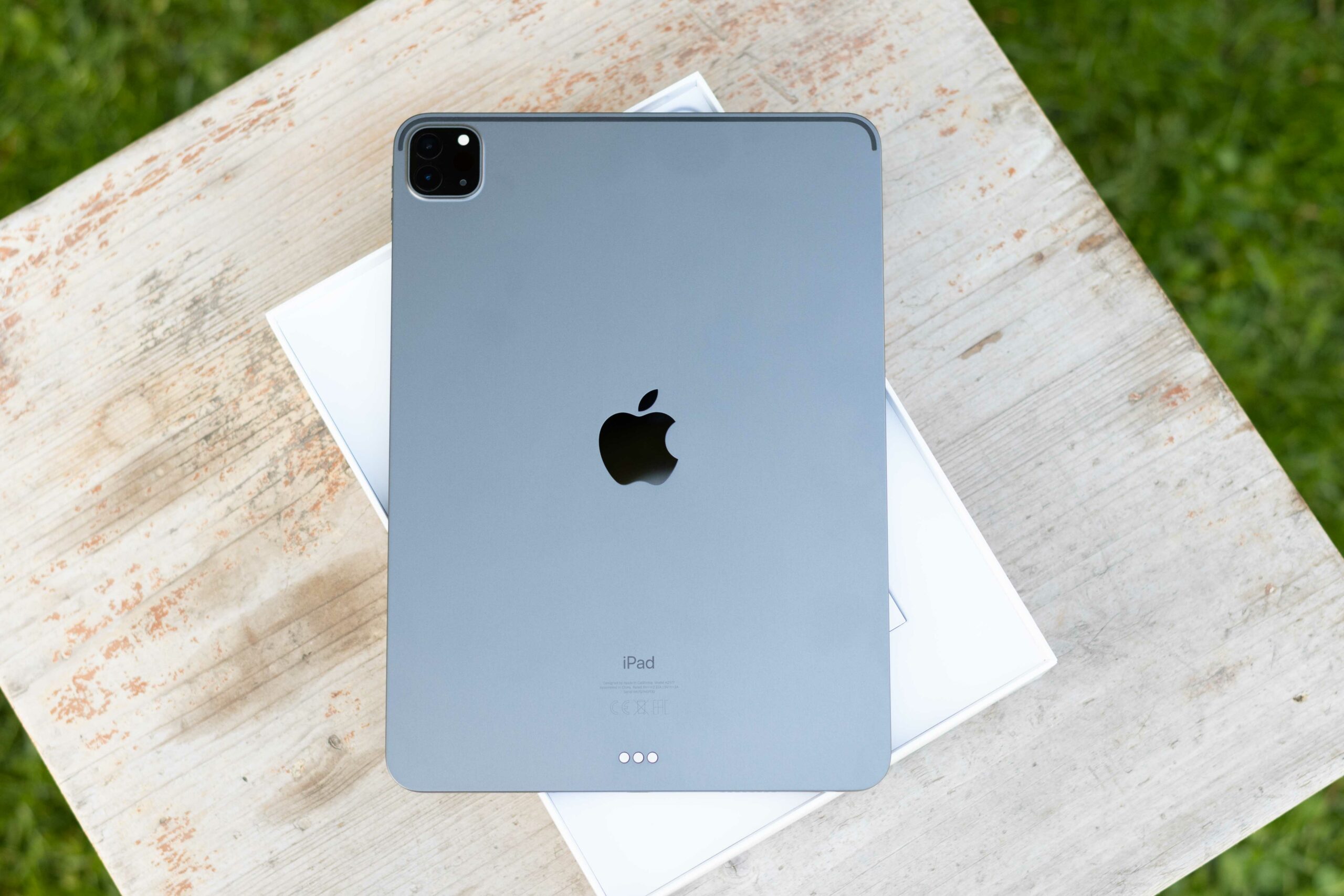
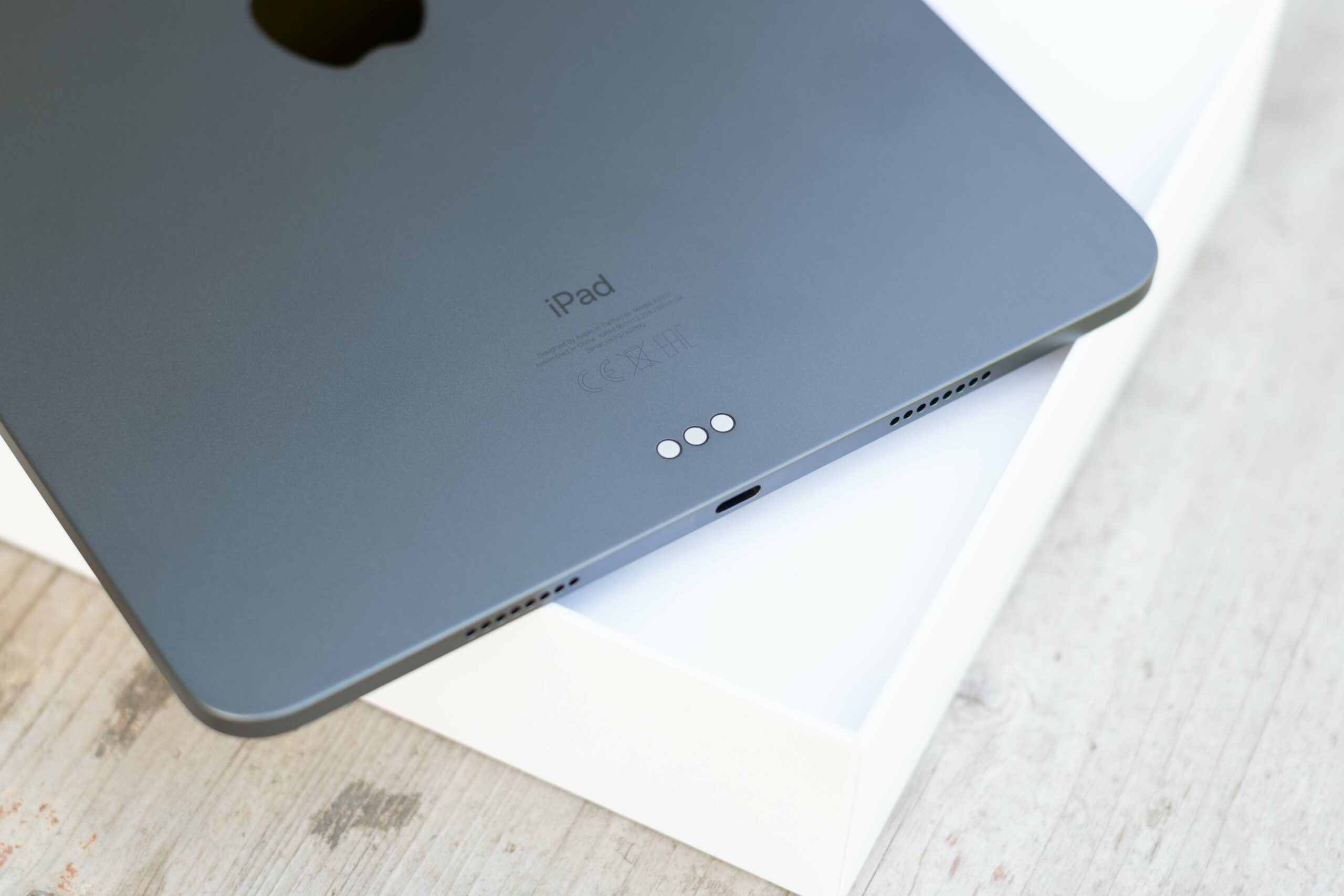
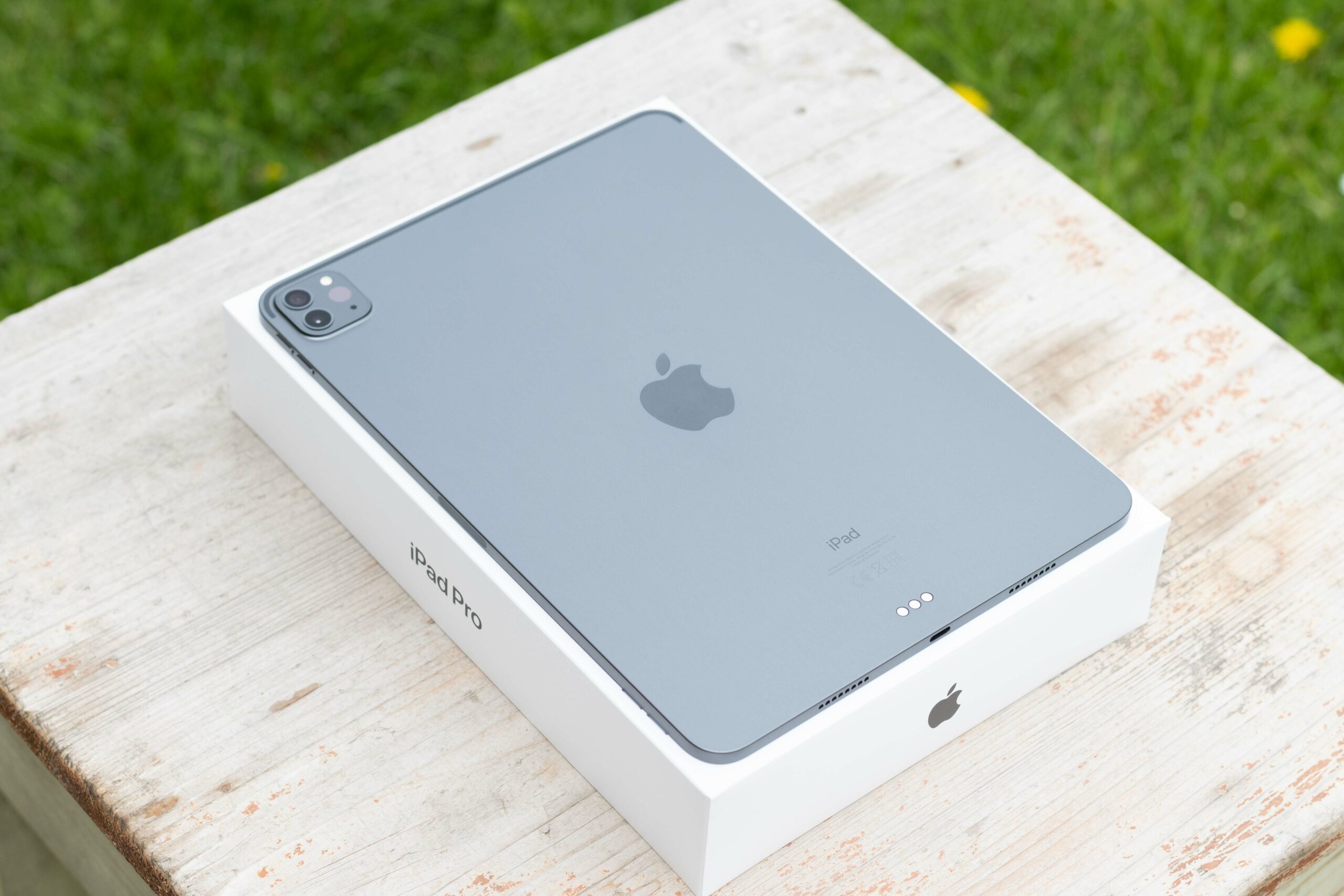
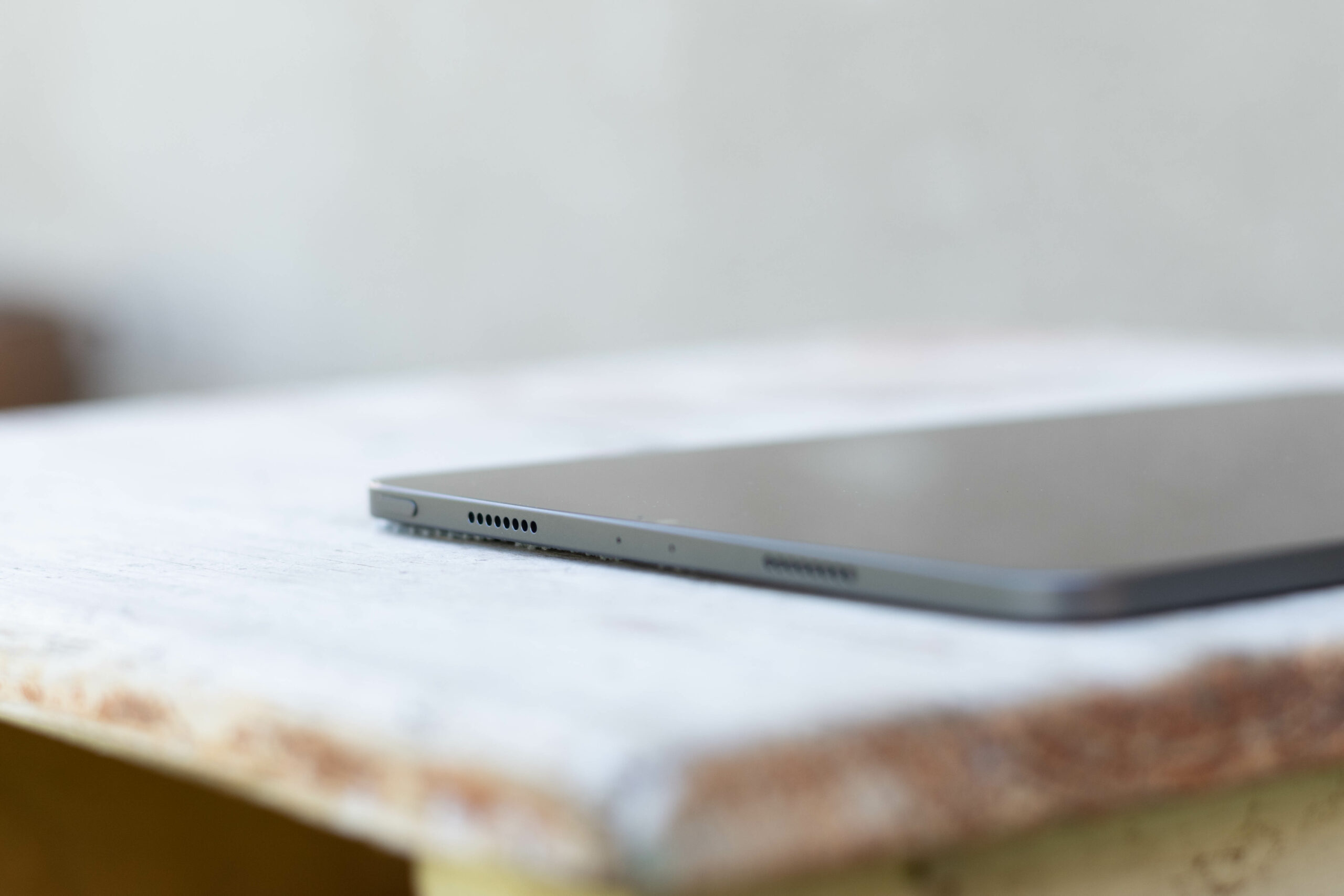
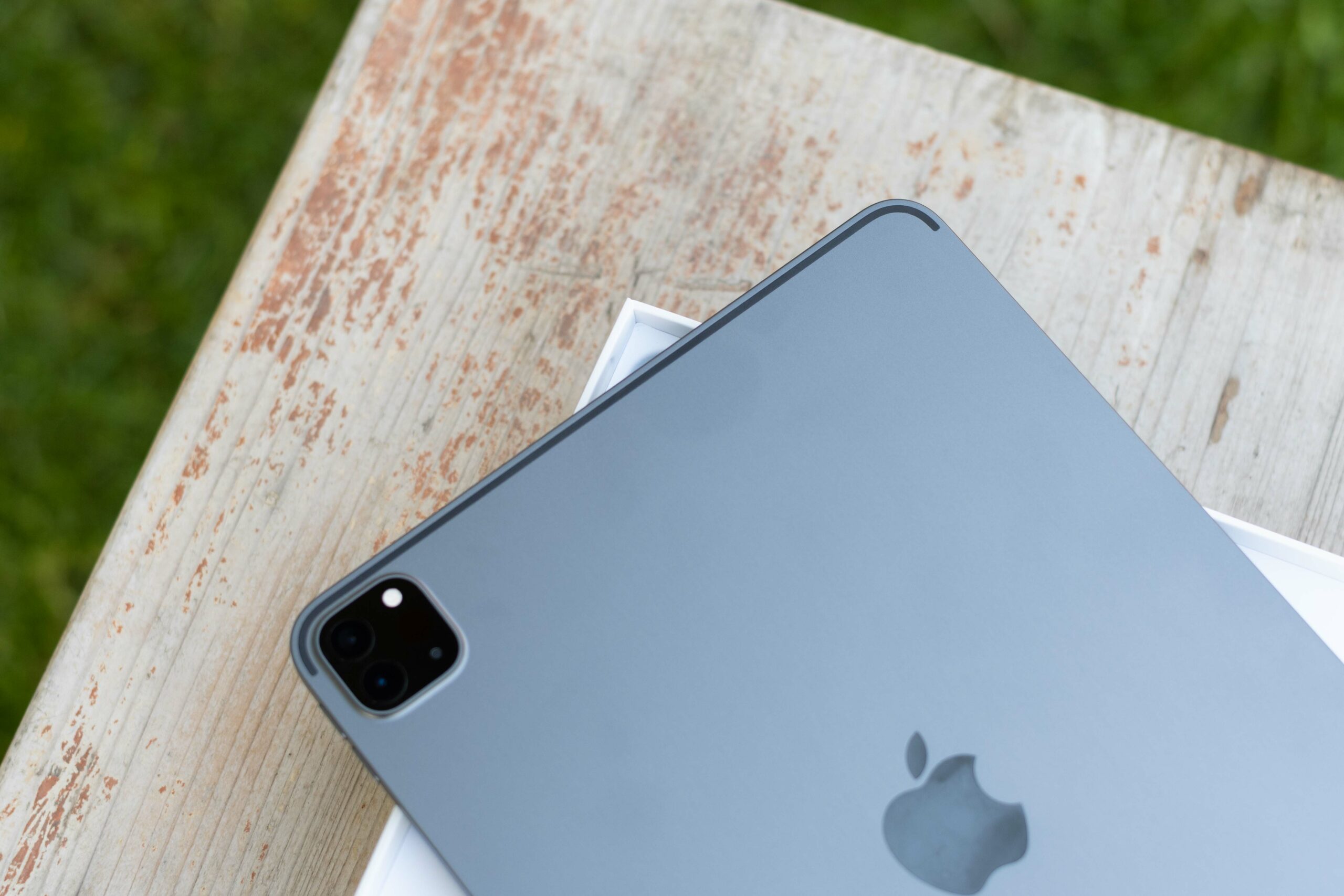
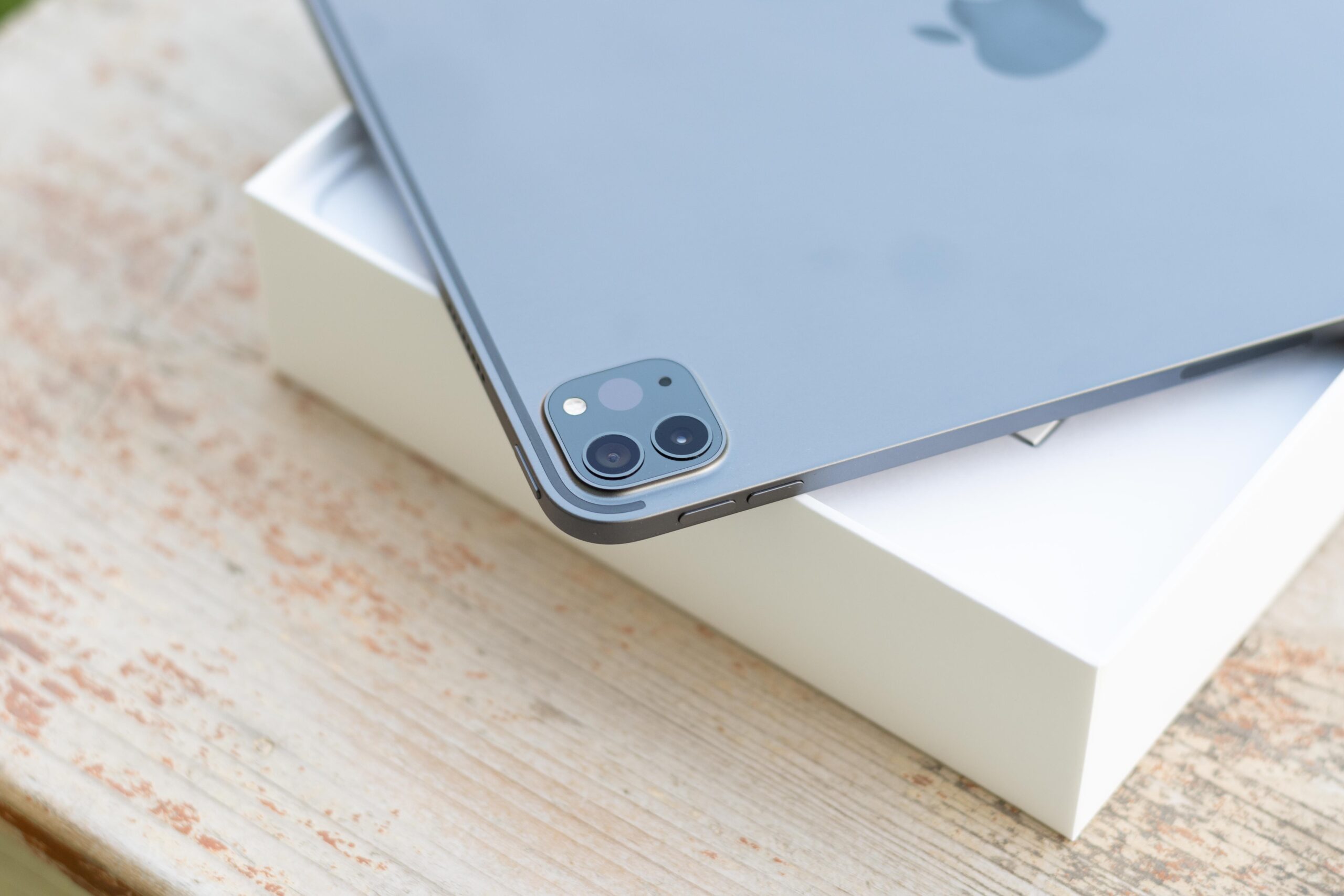
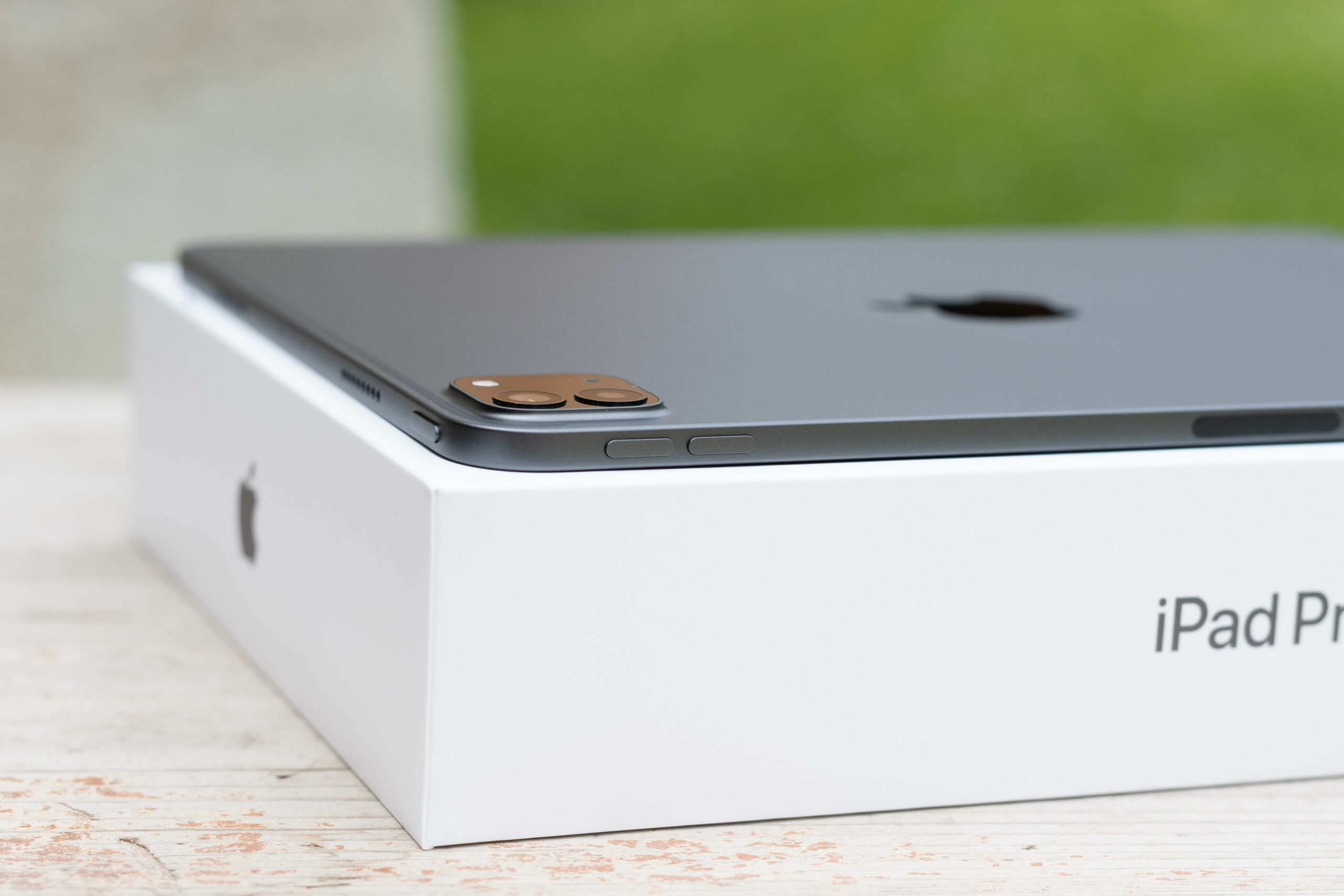
in the summary you have a mistake in the first sentence:
In my eyes, the 11” iPad Pro (2021) cannot be evaluated in any other way than as a tablet with great hardware, which pushes its hardware in an extreme way. x you probably meant: on its software
Another limitation of ipadOS should probably be mentioned: RAM. iPads have it to give away, but the system can't use it and it just sits idle! (“Despite Apple offering the M1 iPad Pro in configurations with 8GB and 16GB of RAM, developers are now indicating that apps are limited to just 5GB of RAM usage, regardless of the configuration the app is running on.”)
Nice review. I feel exactly the same as the author. Why have I since yesterday, I switched after 6 years from an iPad Air 2 that broke. I could have saved up and taken the Air 4, but the better speaker and especially the display convinced me to go for the Pro M1. It flies like lightning, but I don't use it fully, barely 10% because I don't create content. I bought the XCOM 2 Collection today and I'm gaping at how fast it's going. Furthermore, I only use it for porn 😃 All in all, I wanted it and I rather hope for its future potential when Apple beats IpadOS